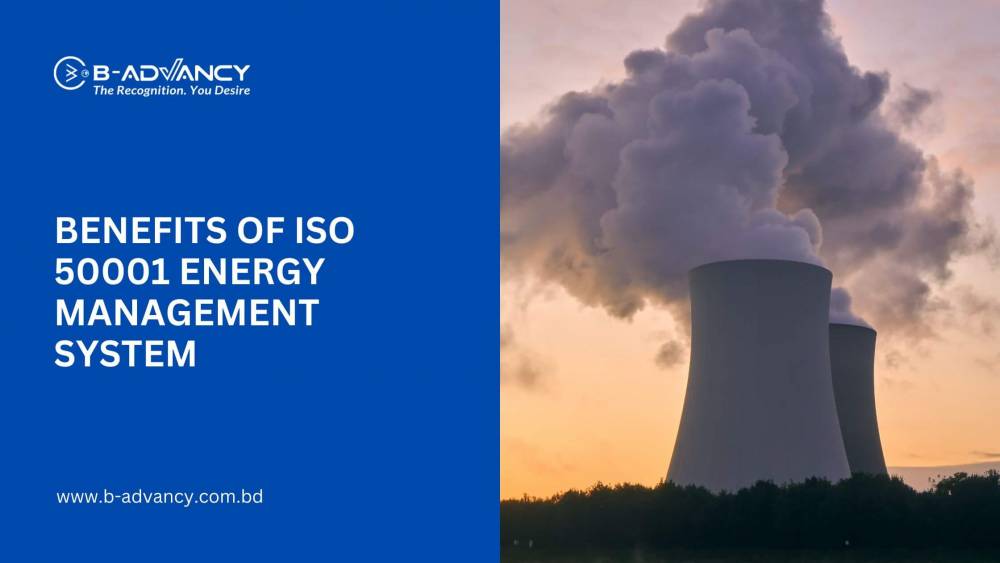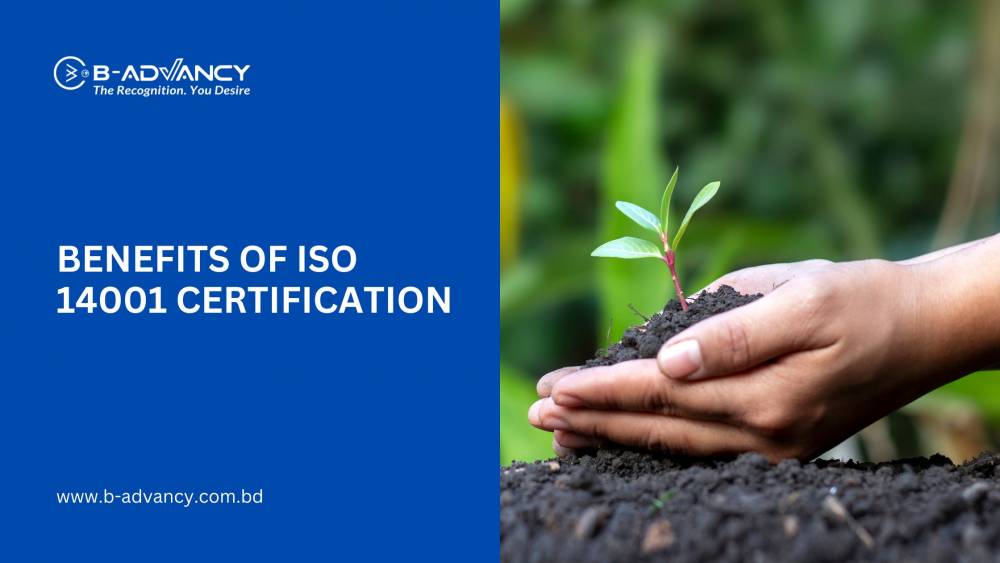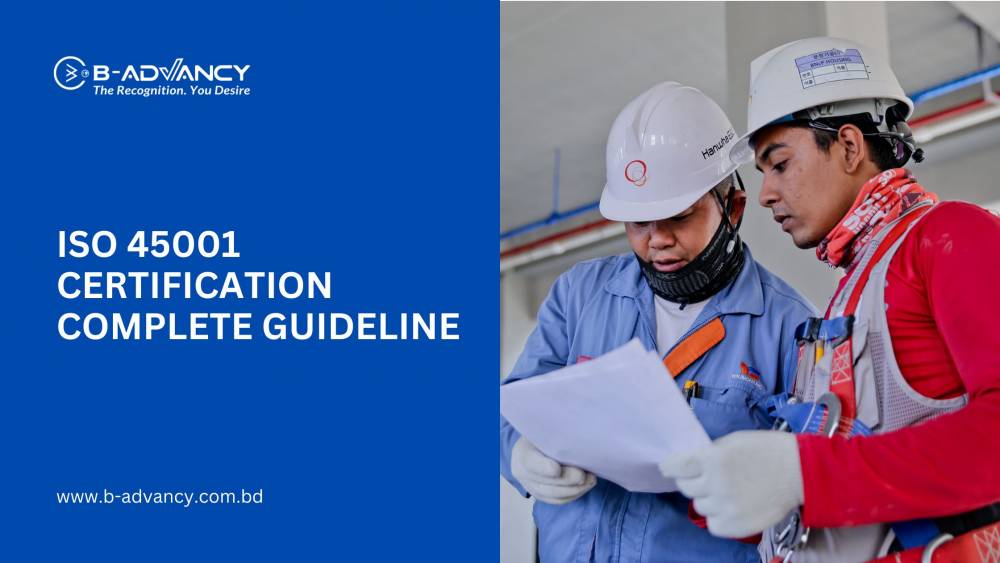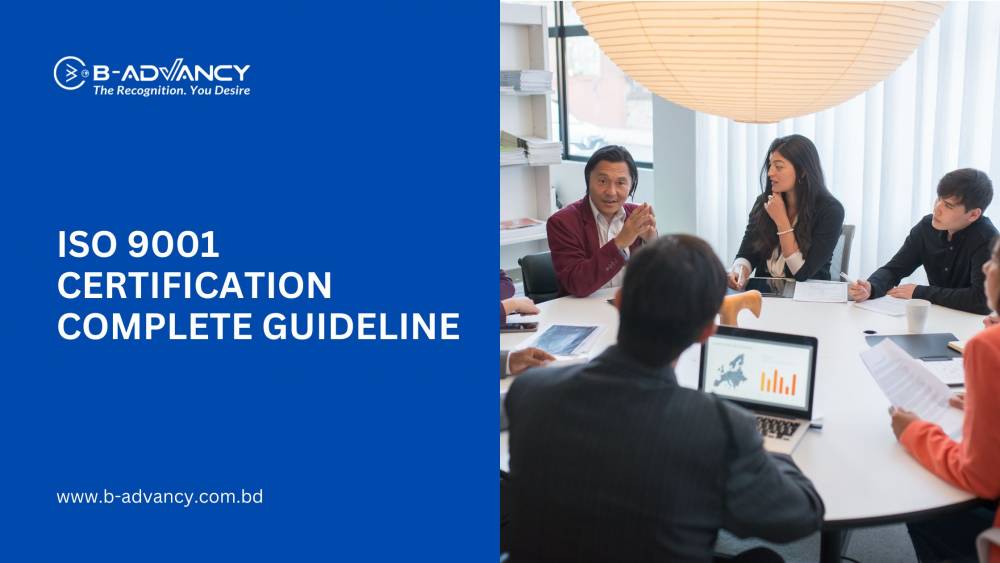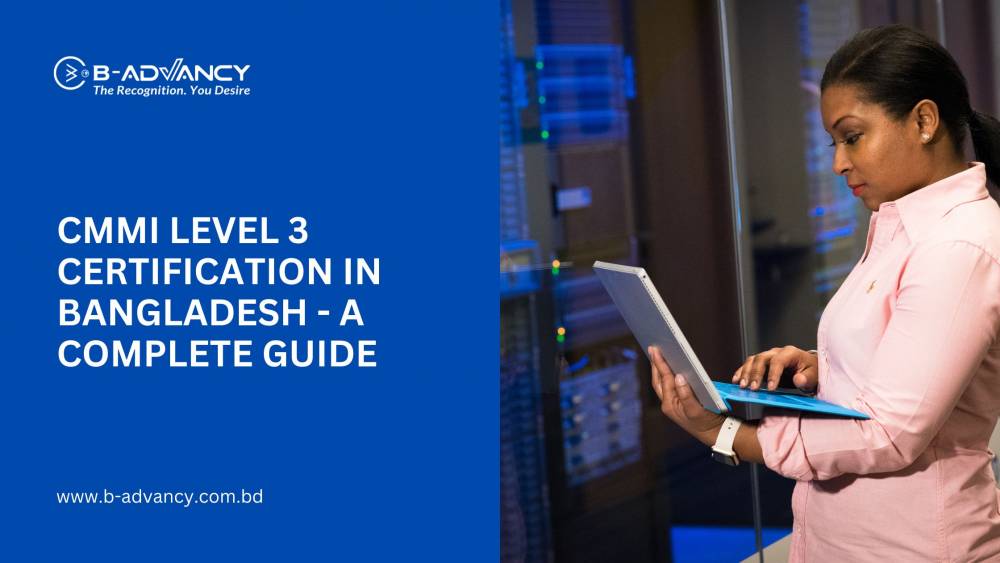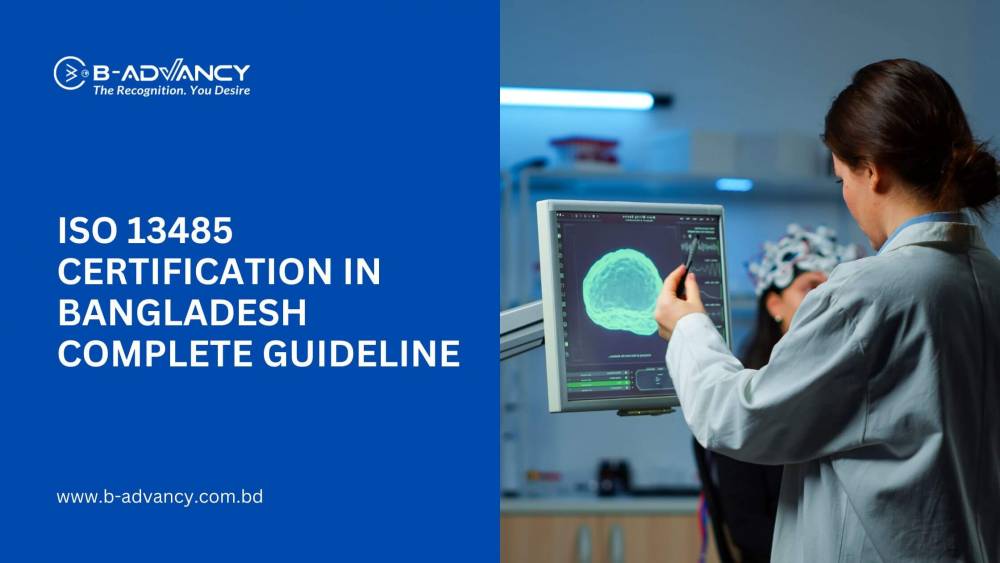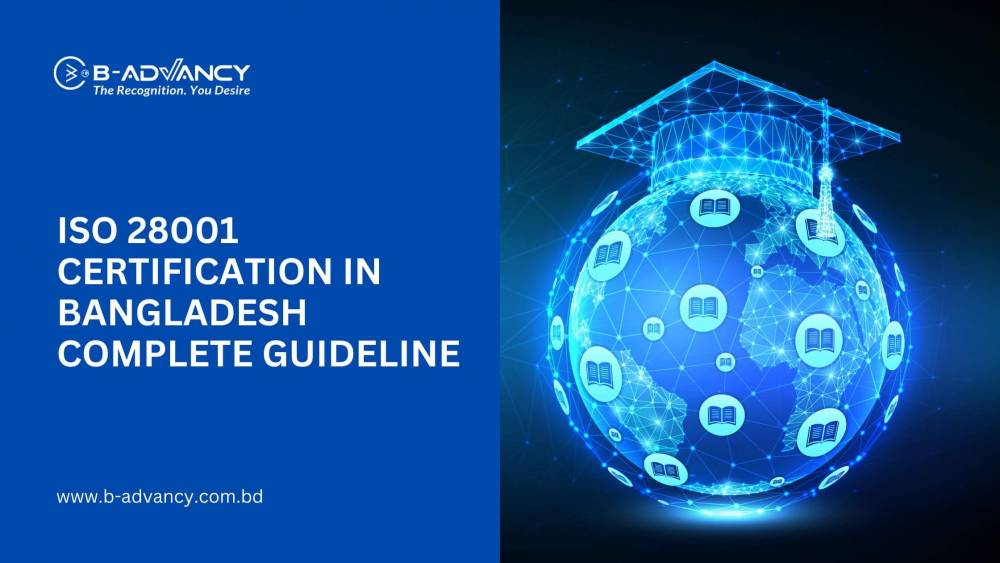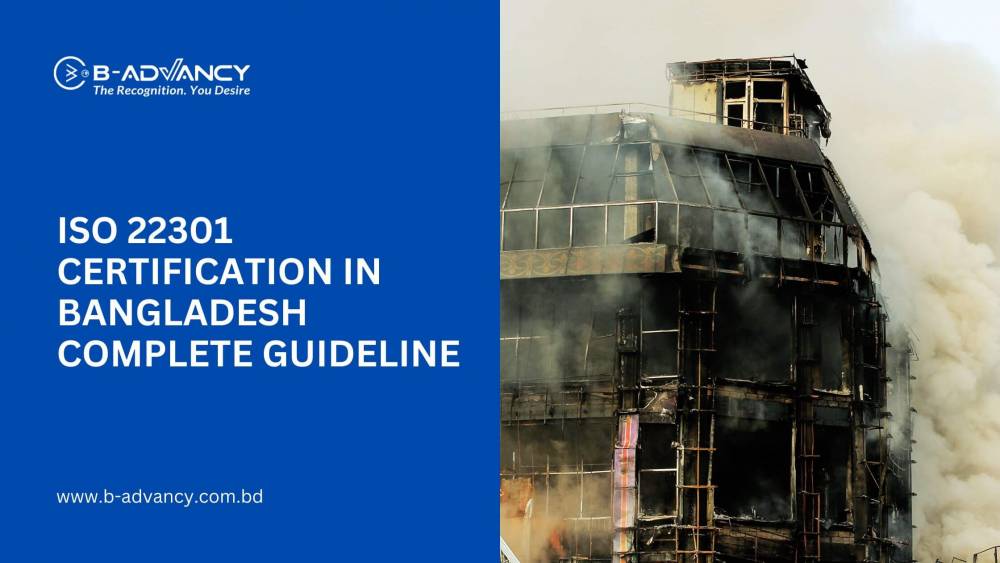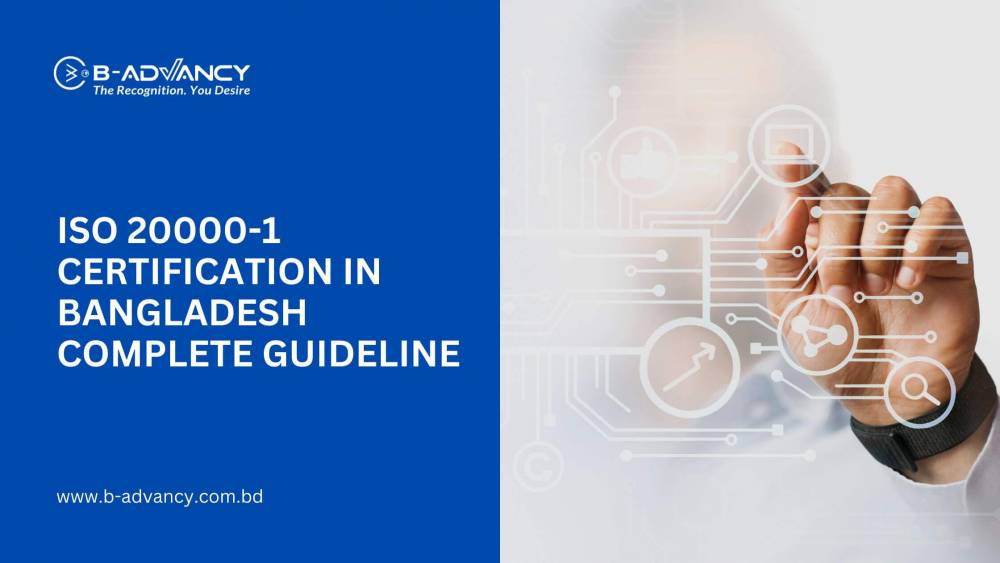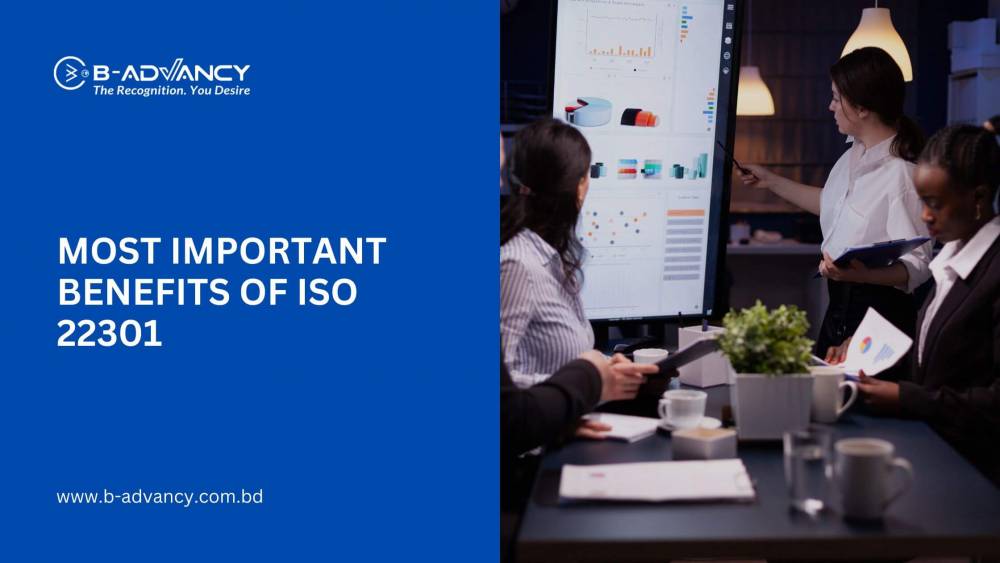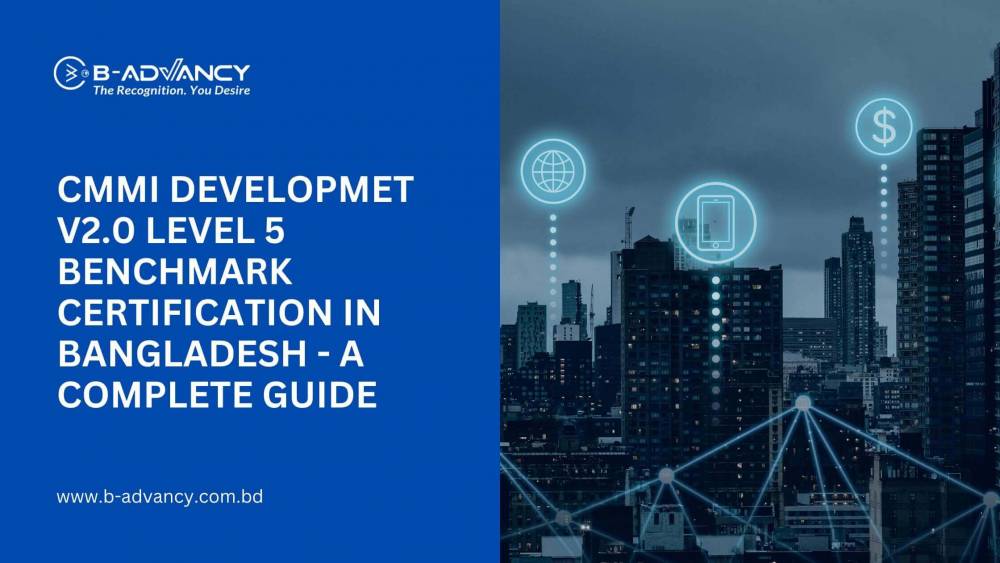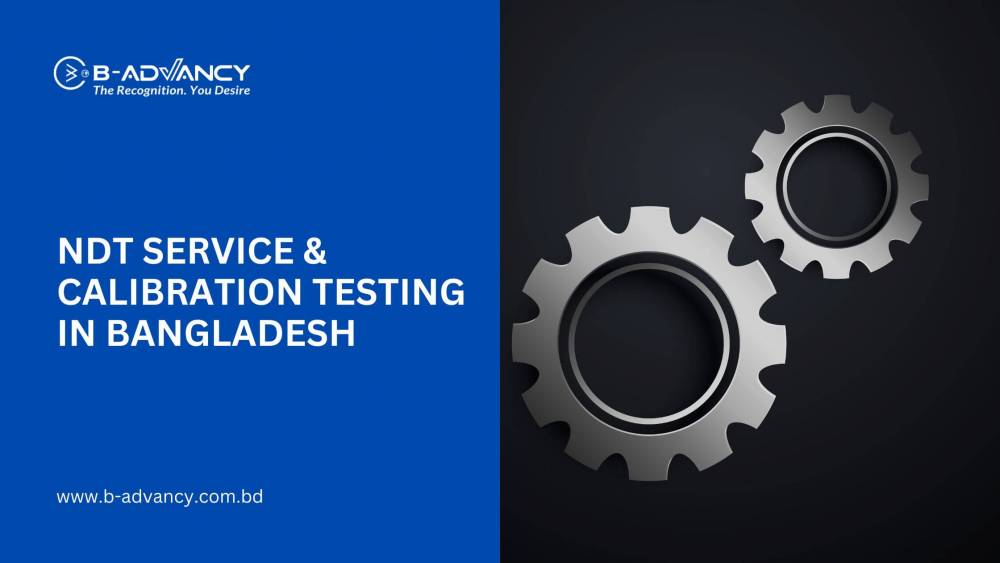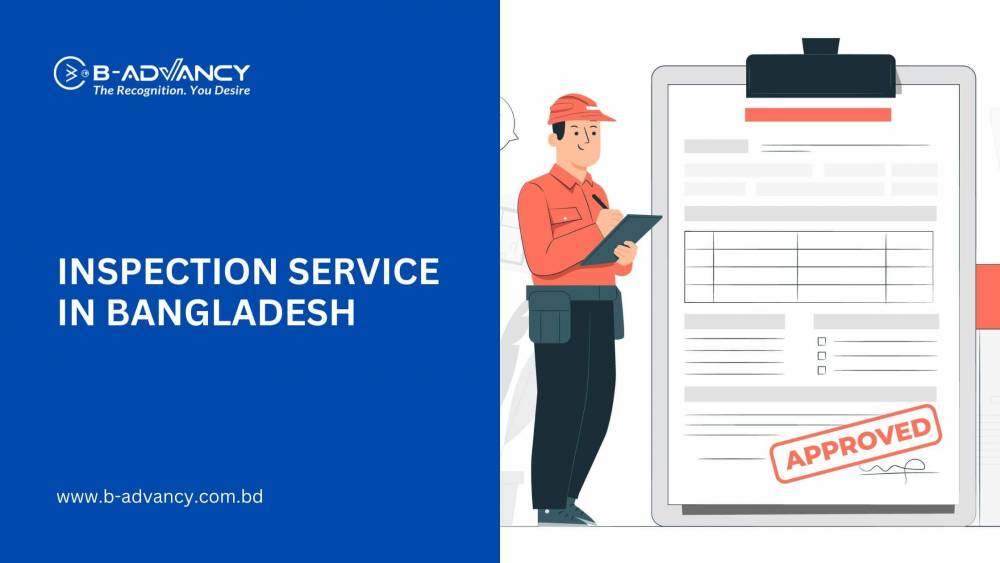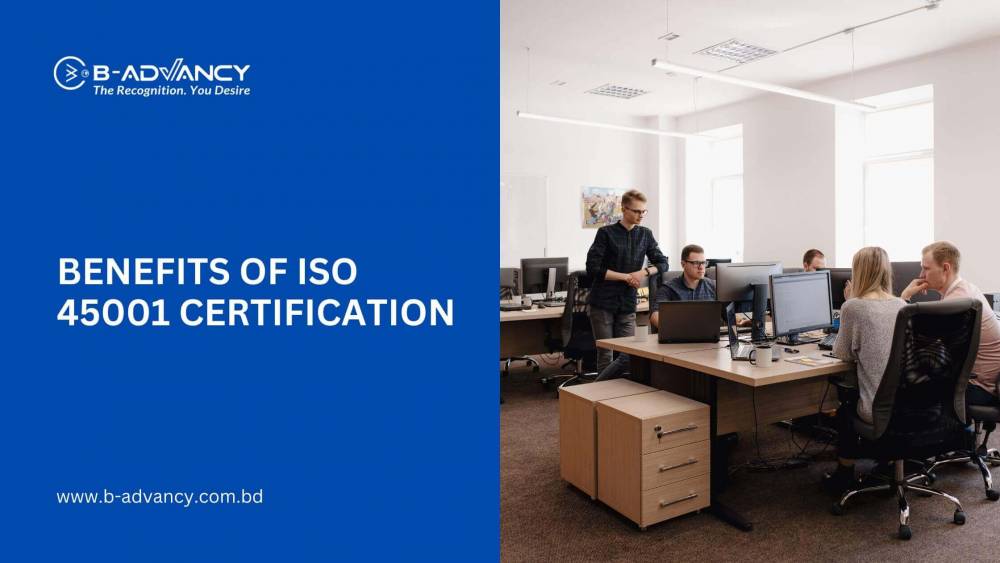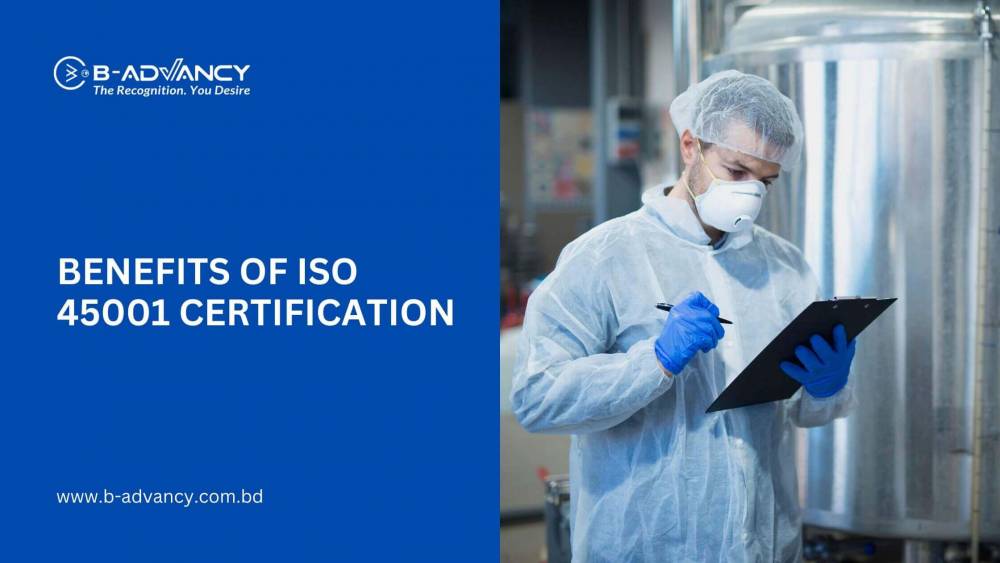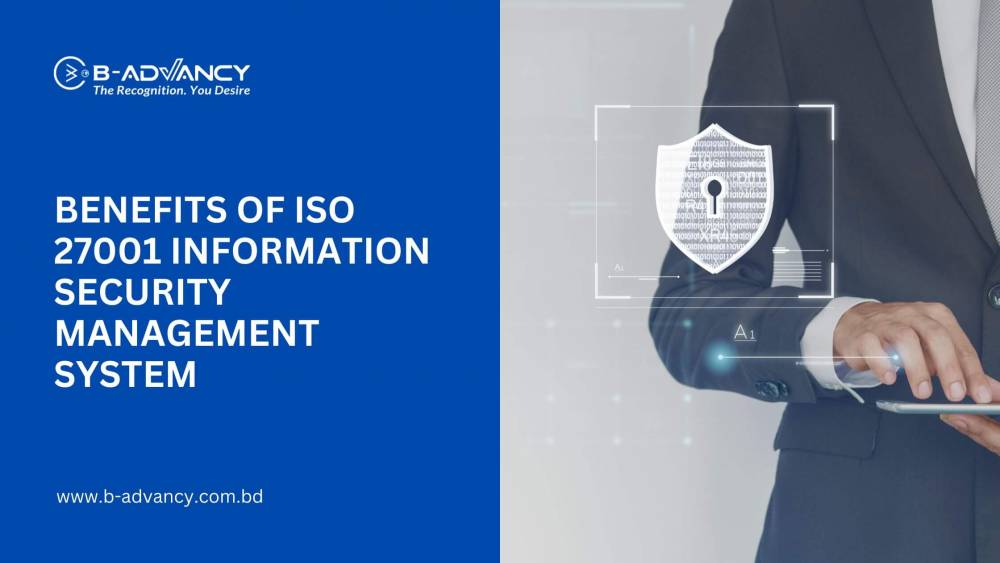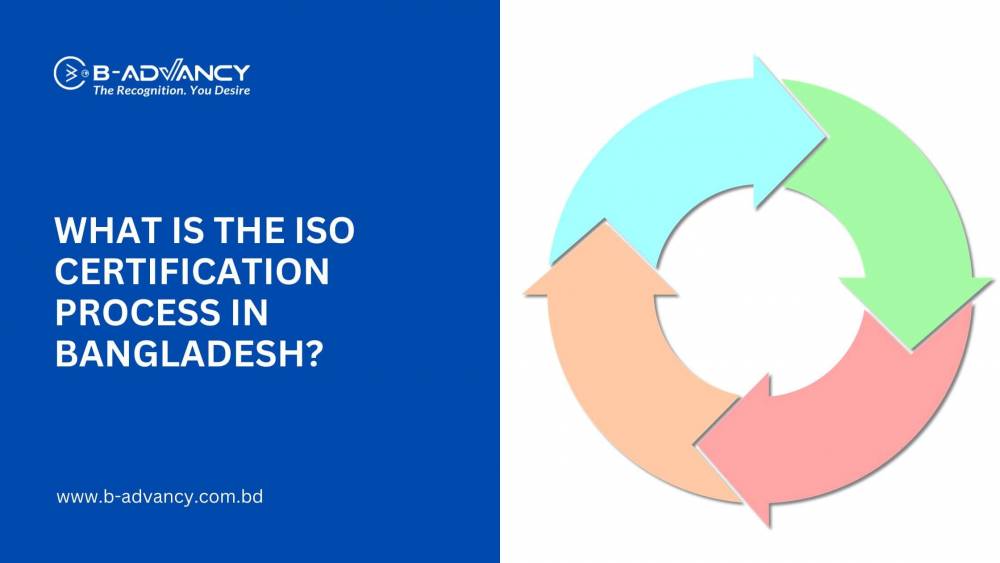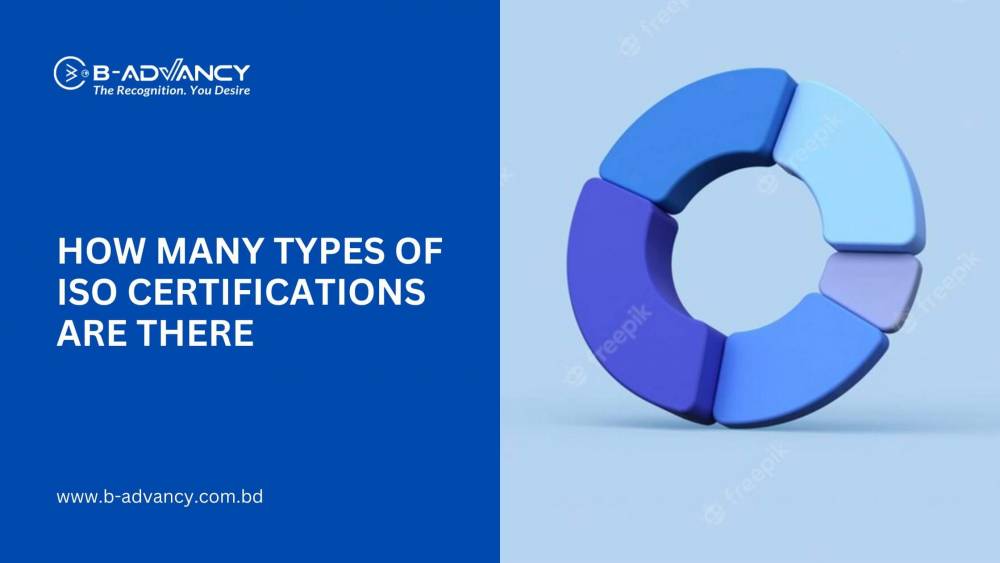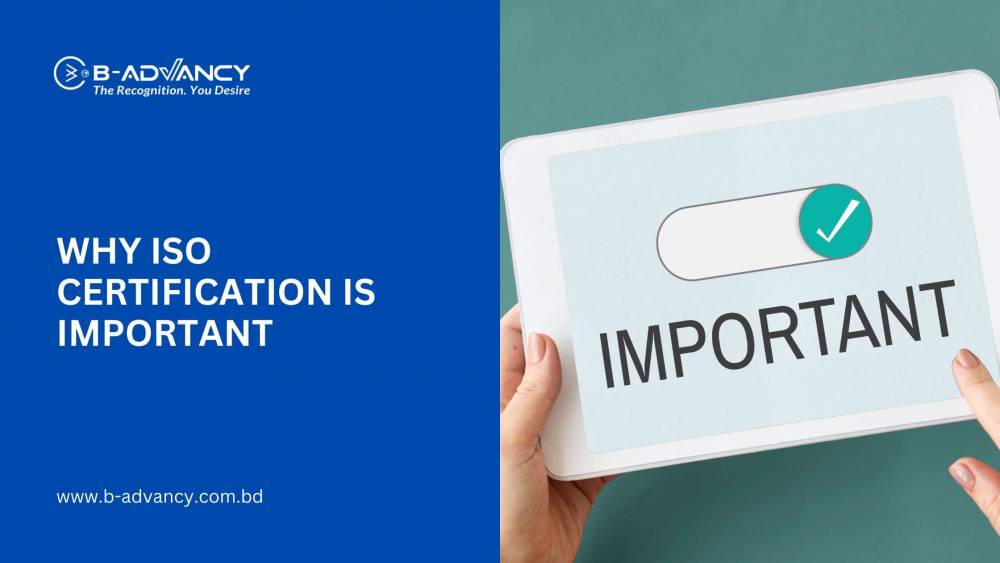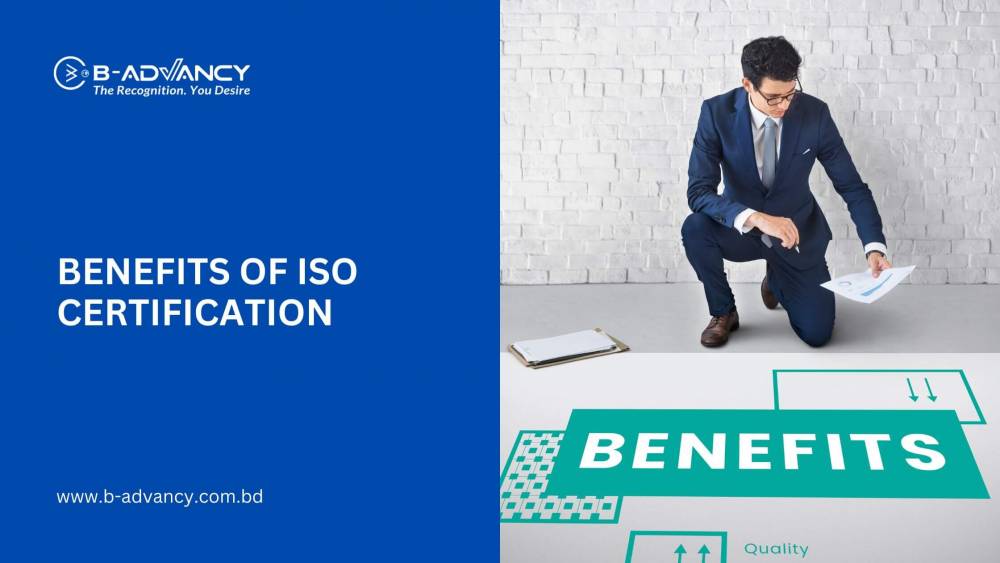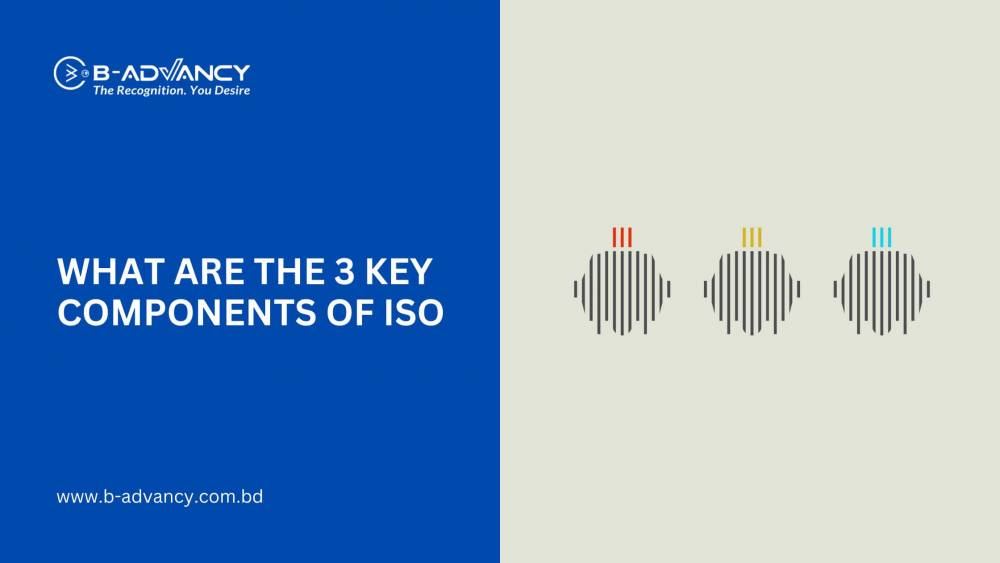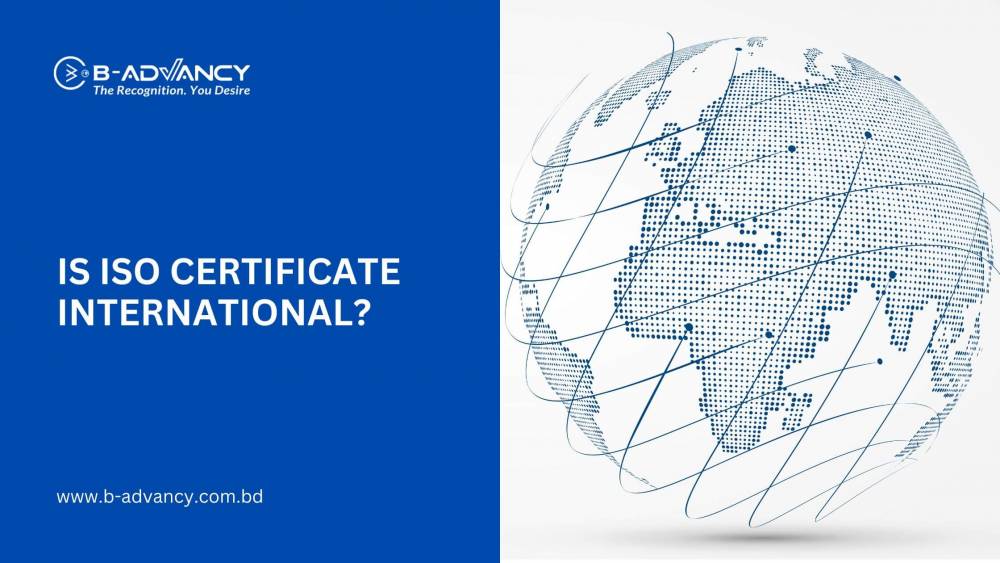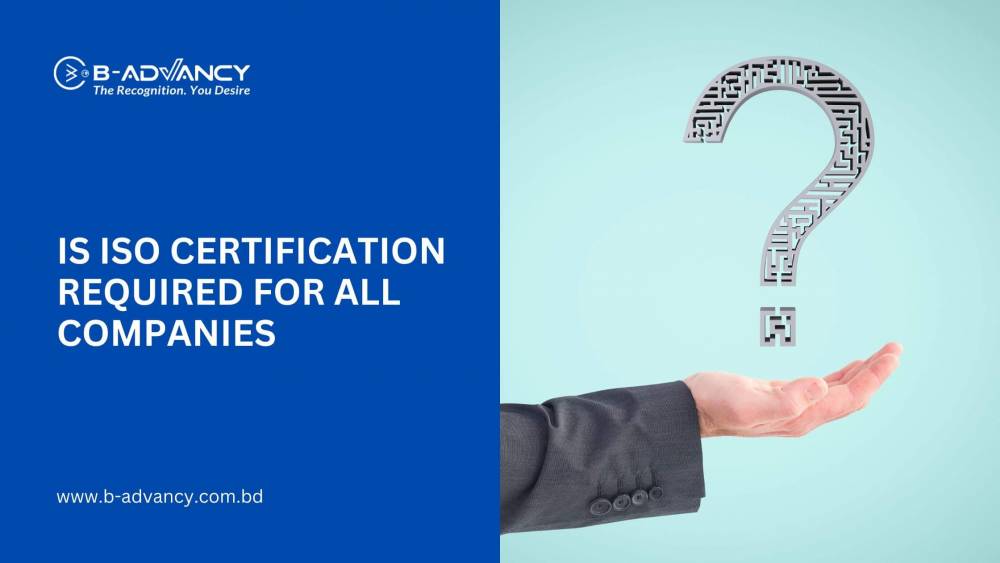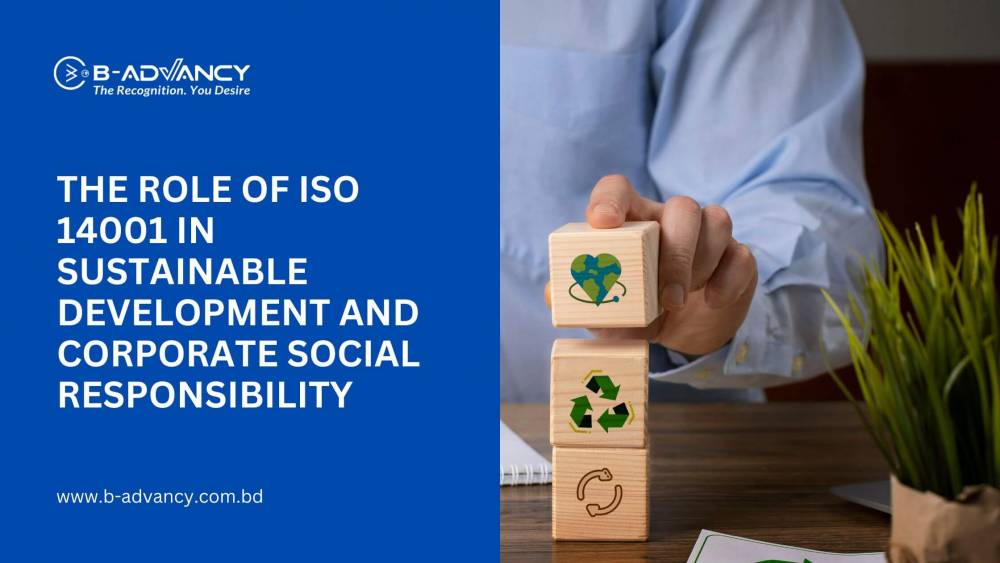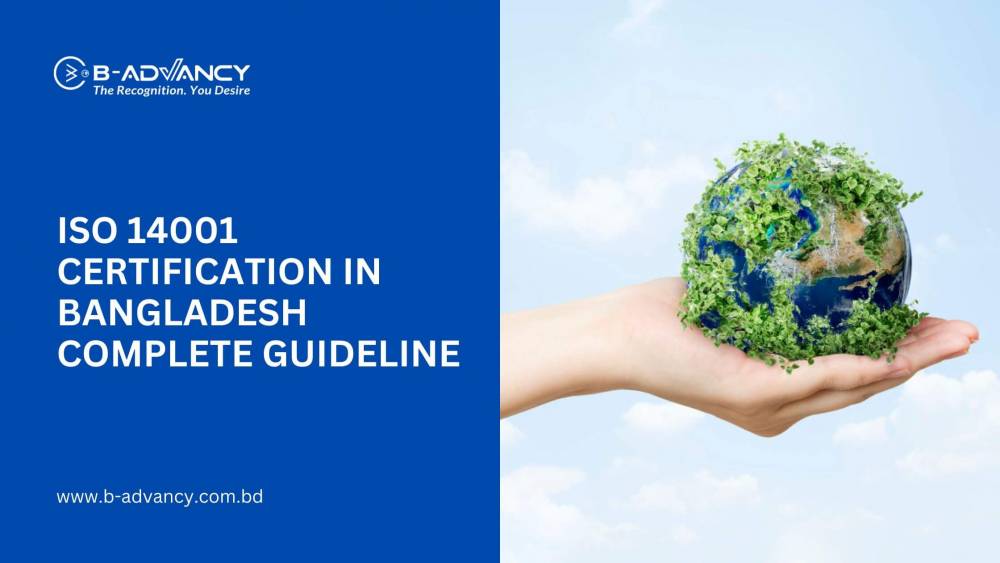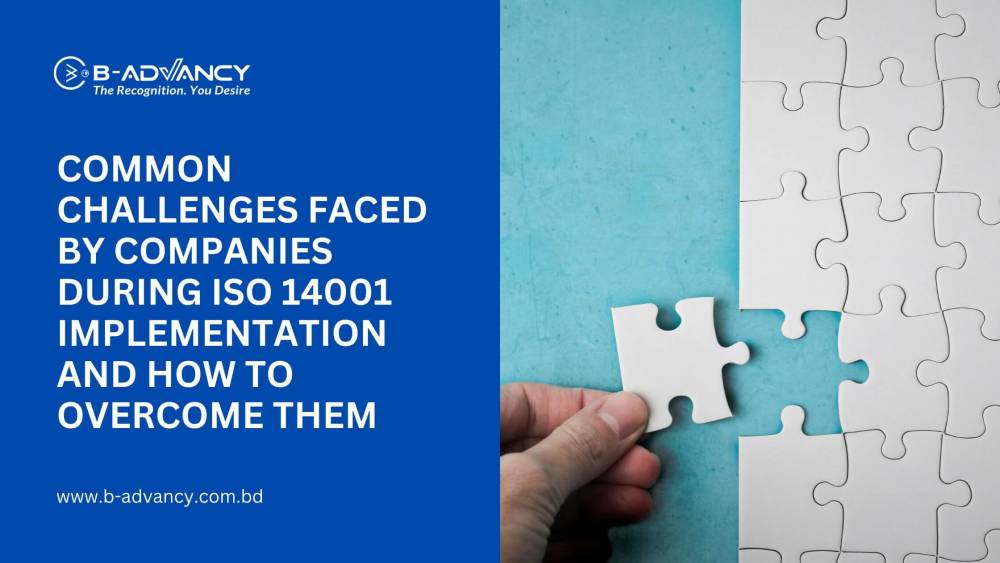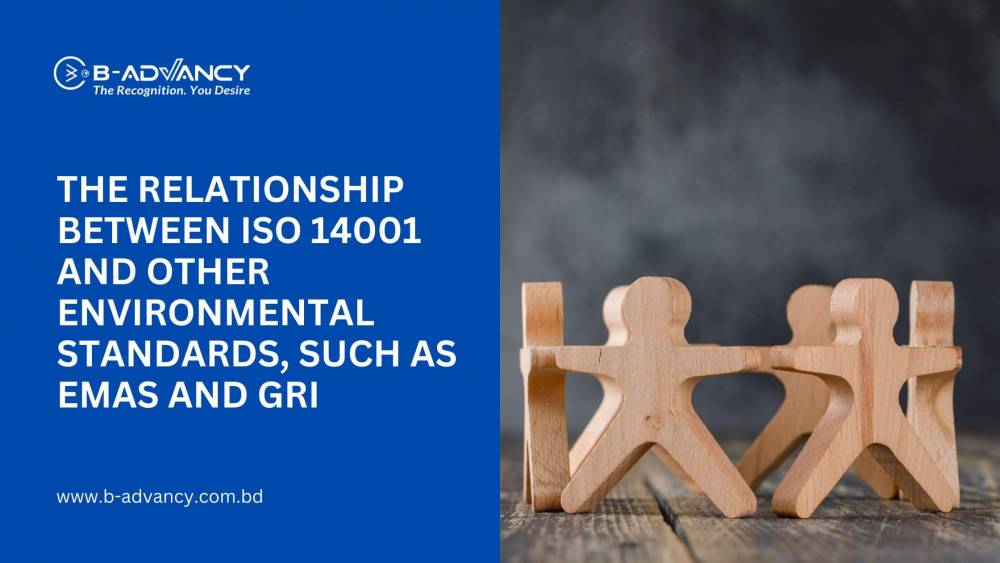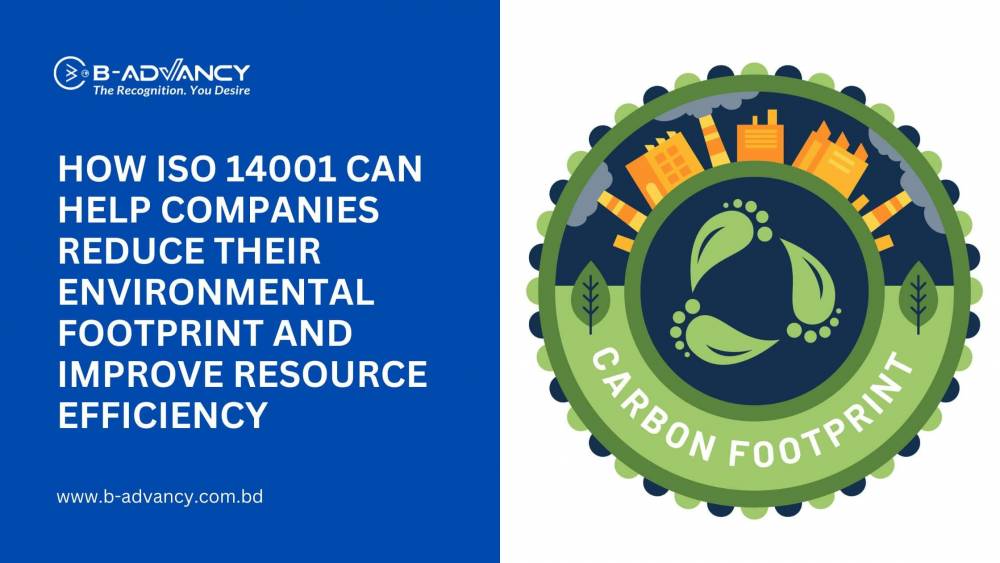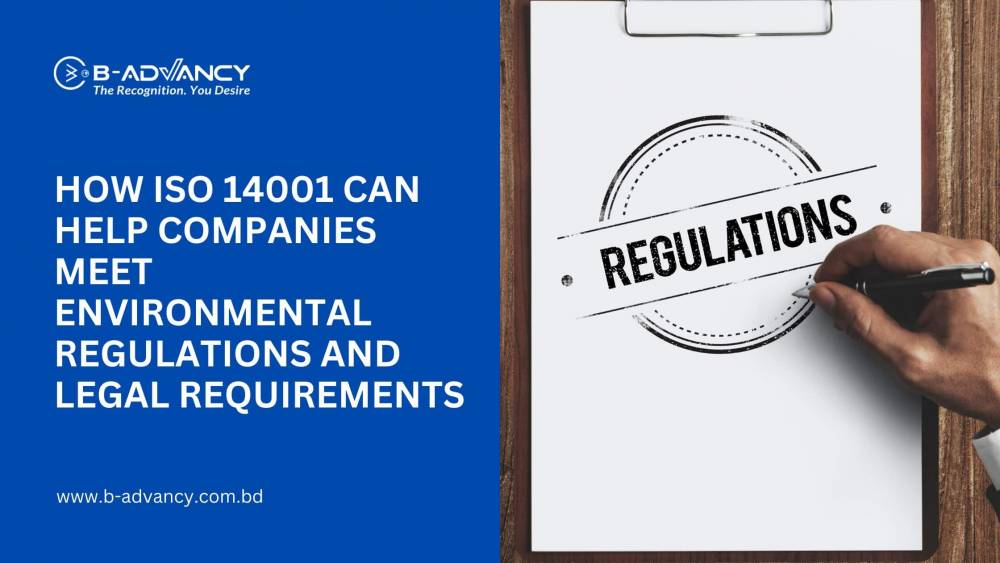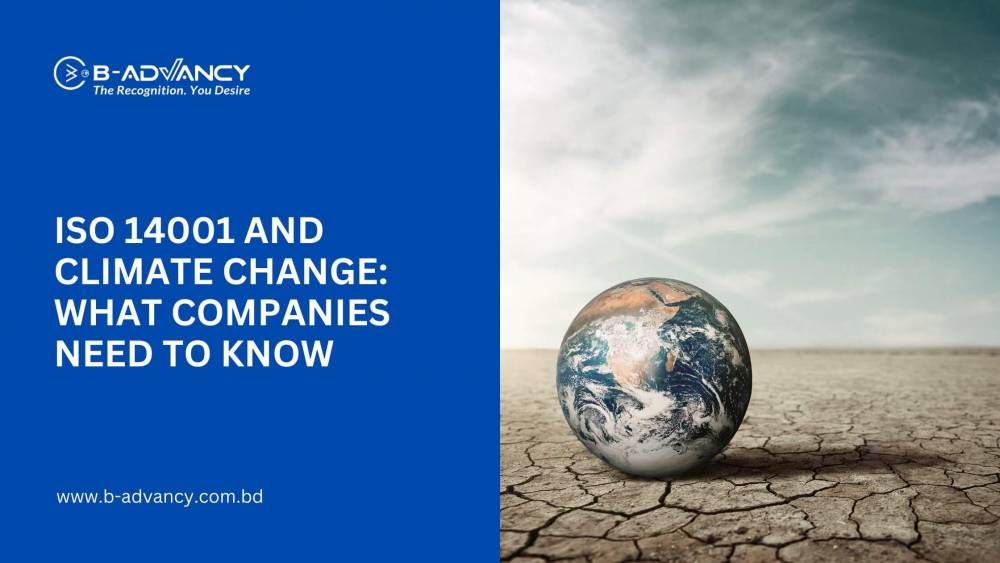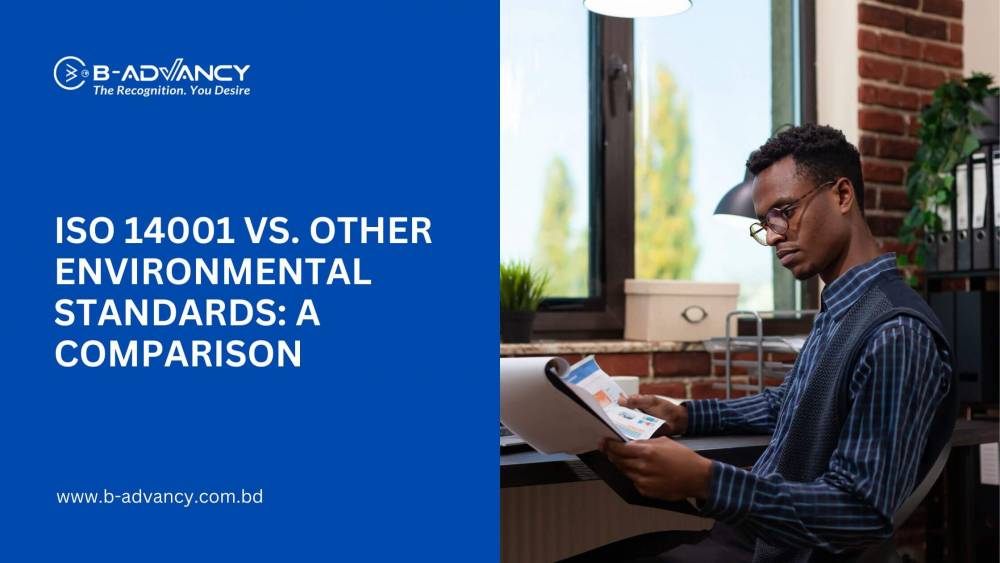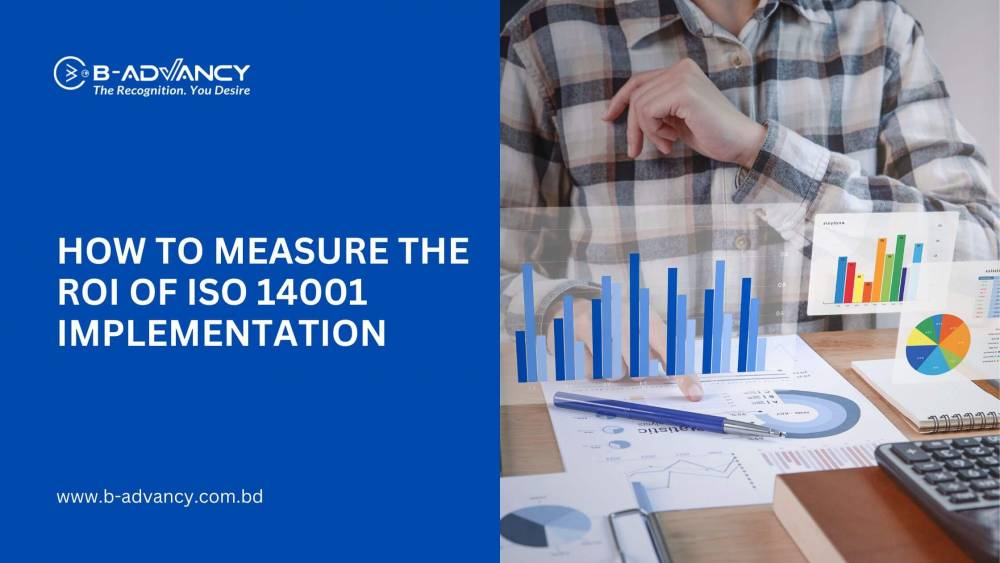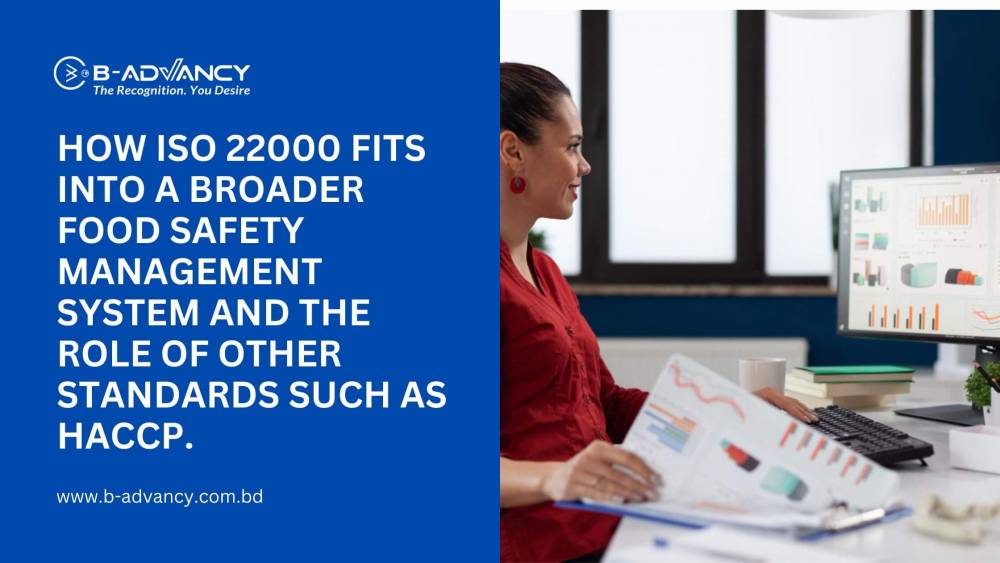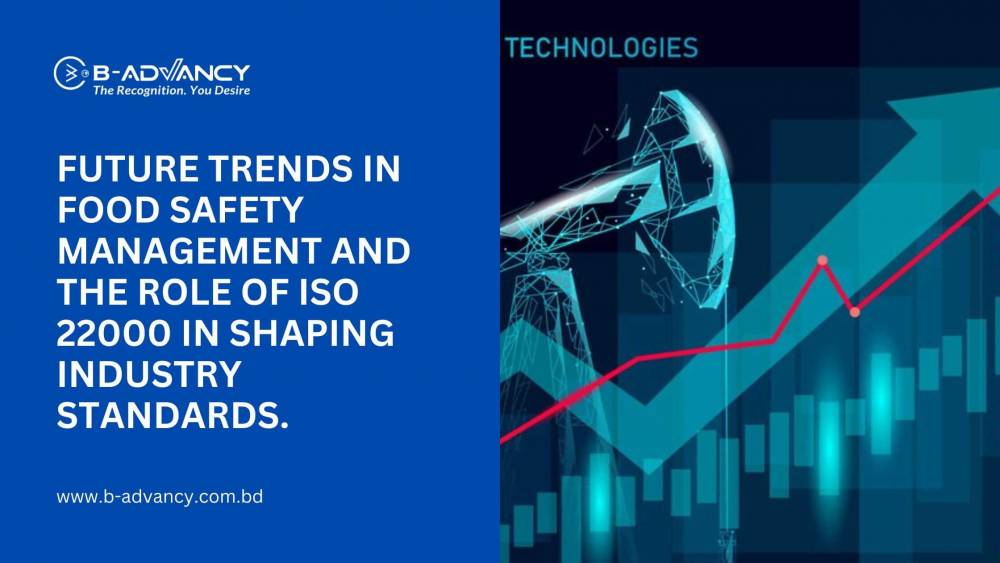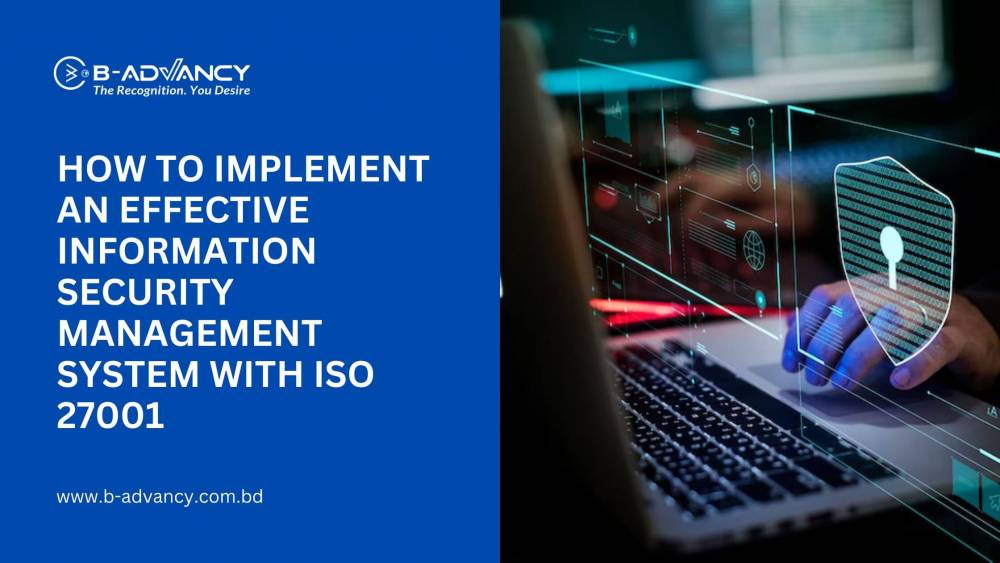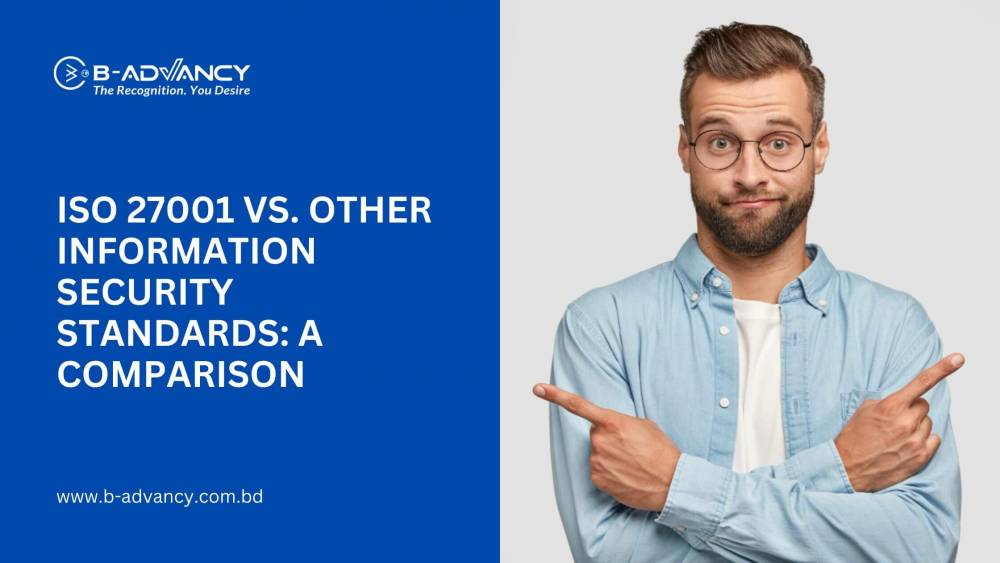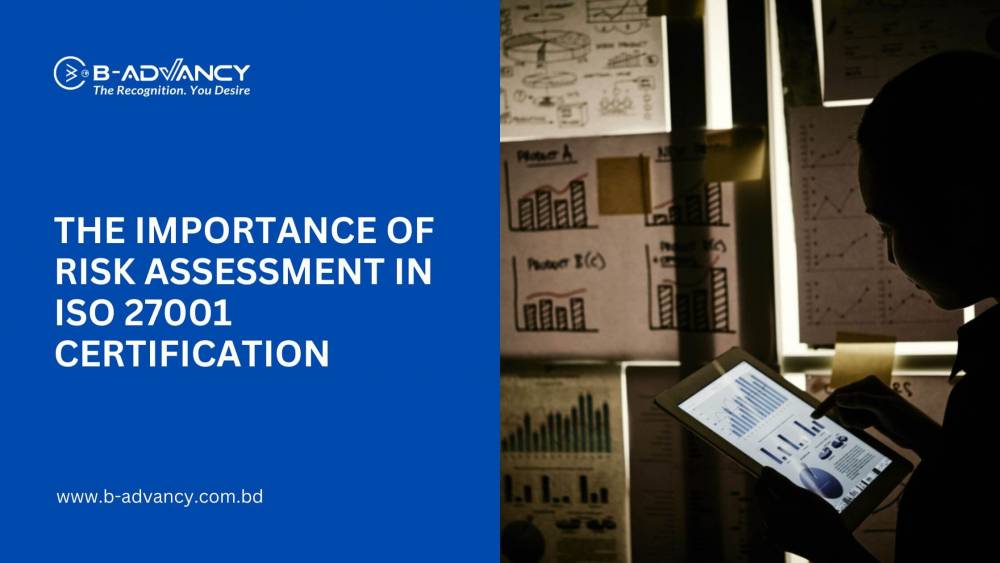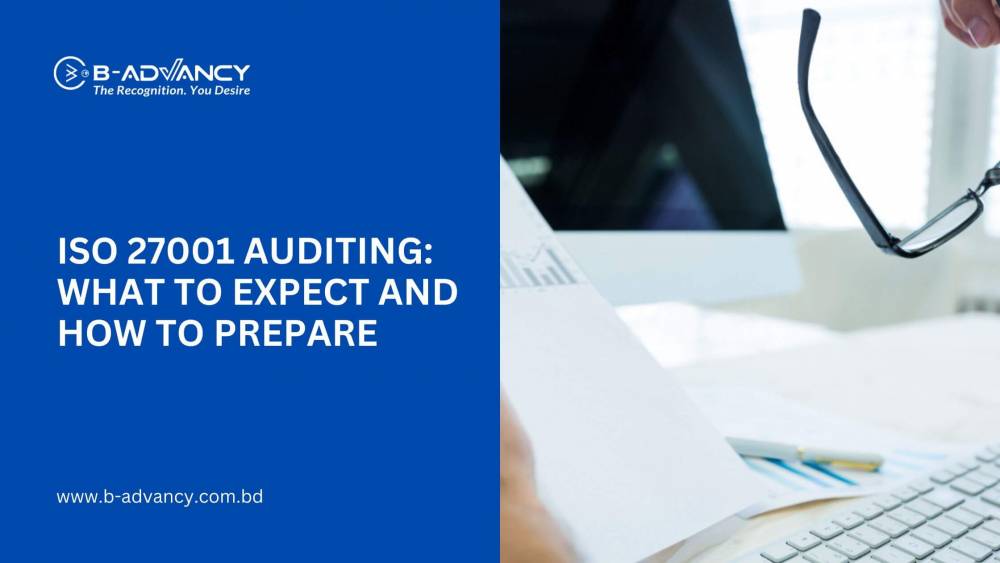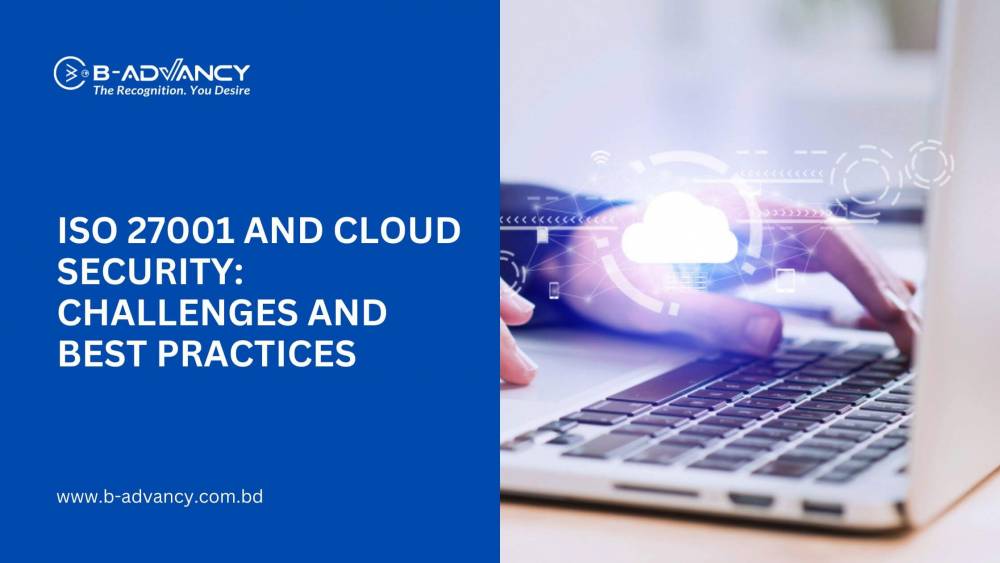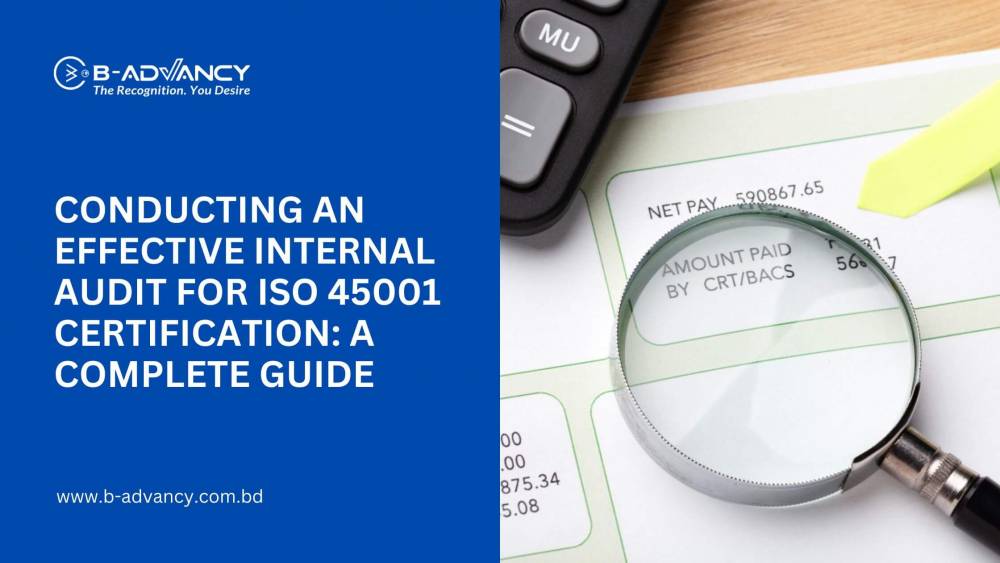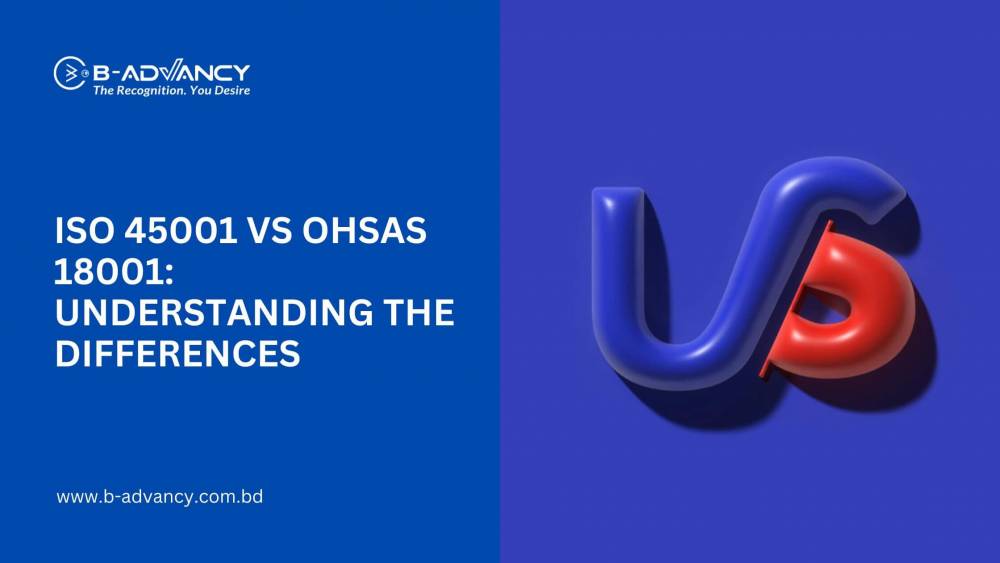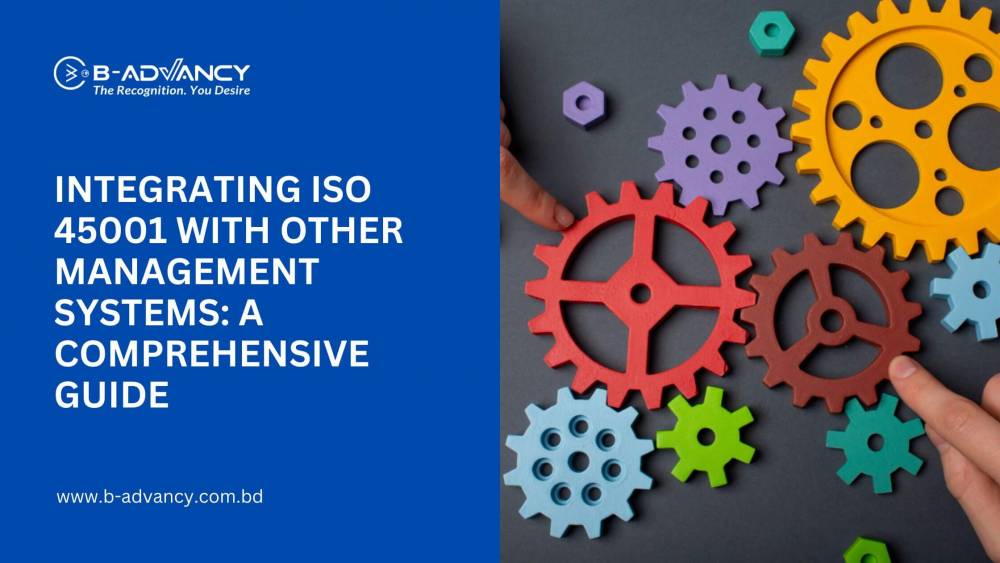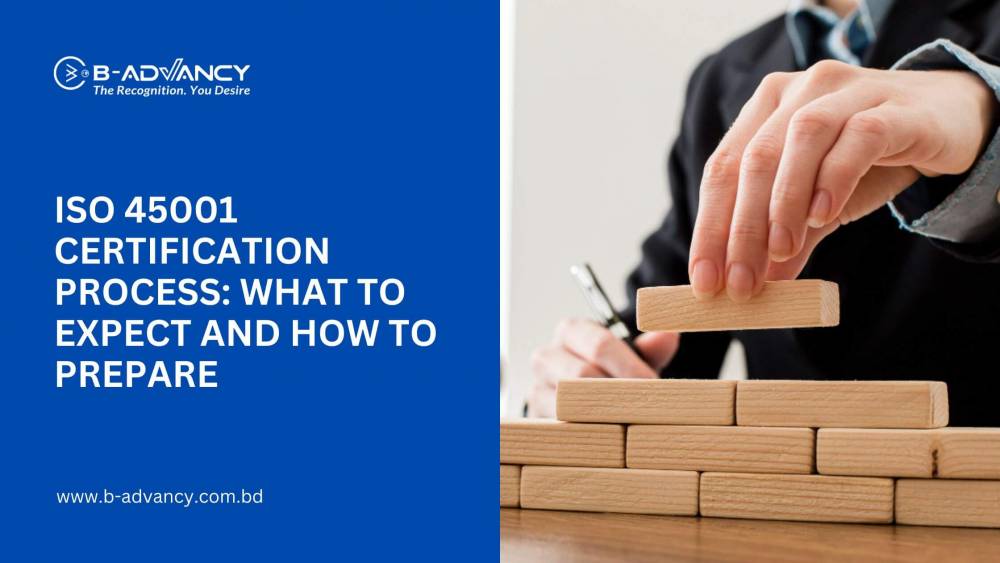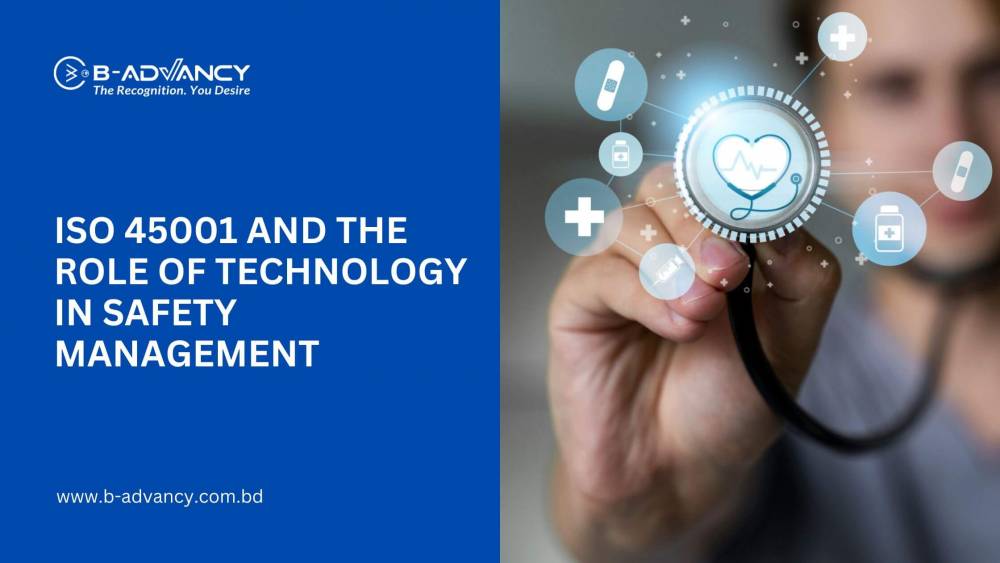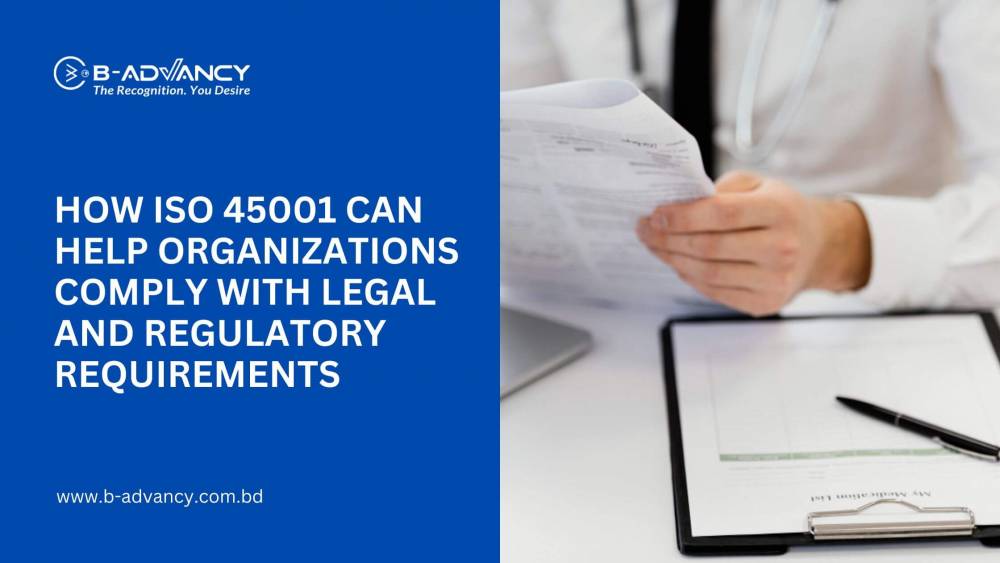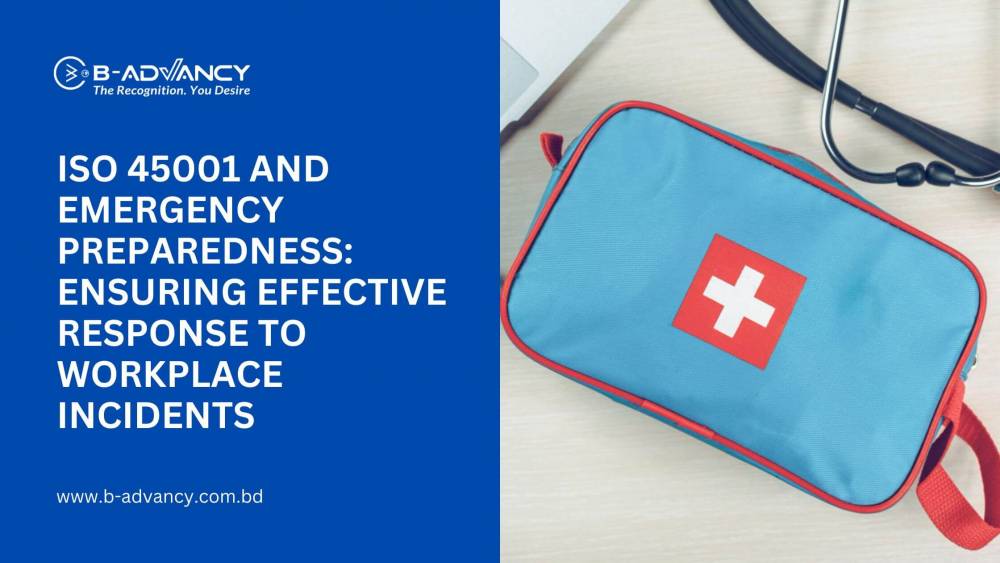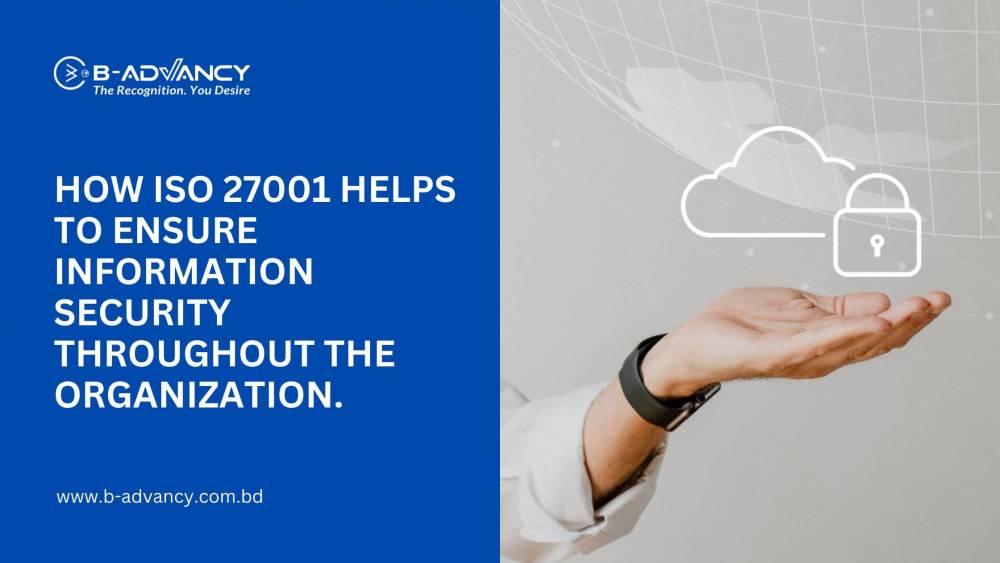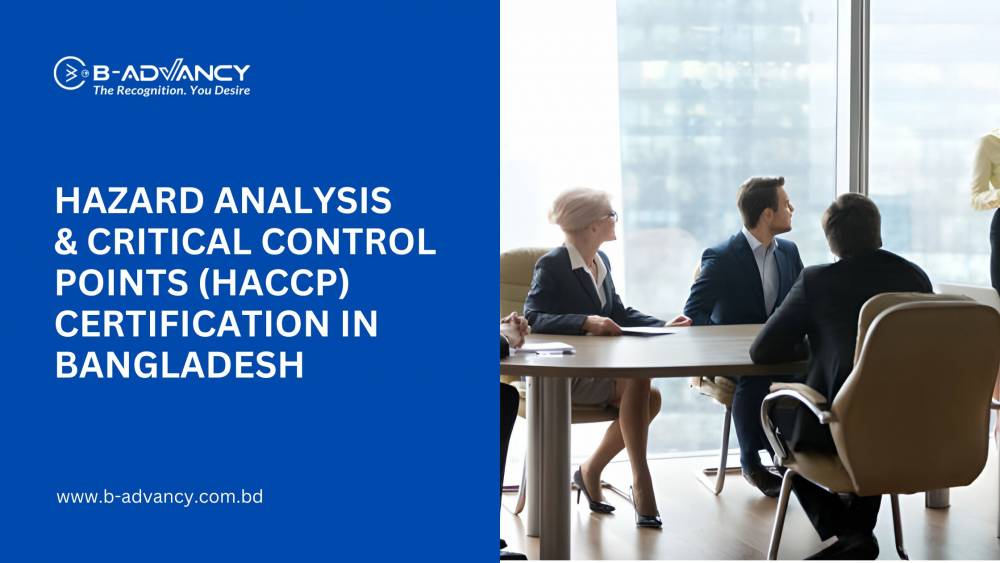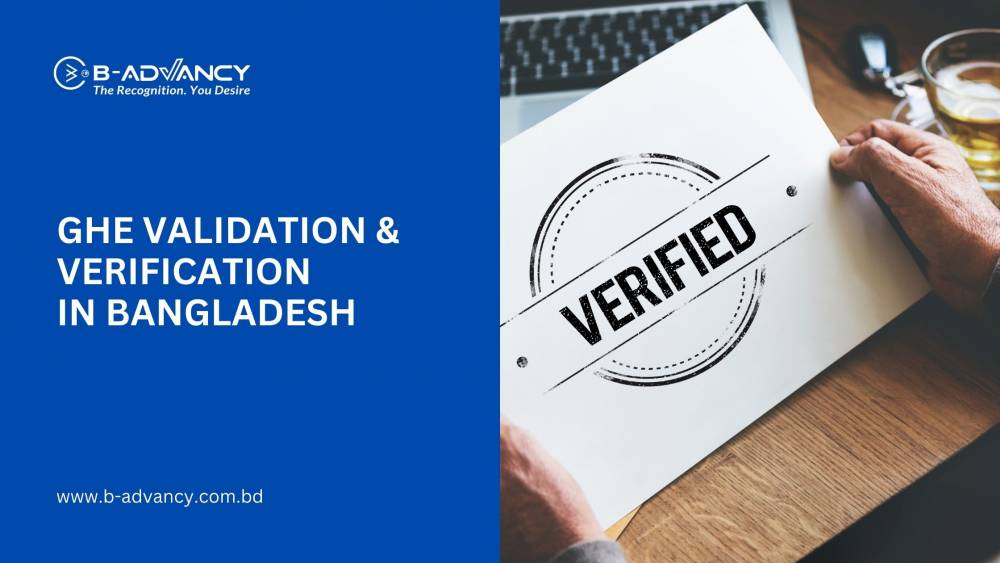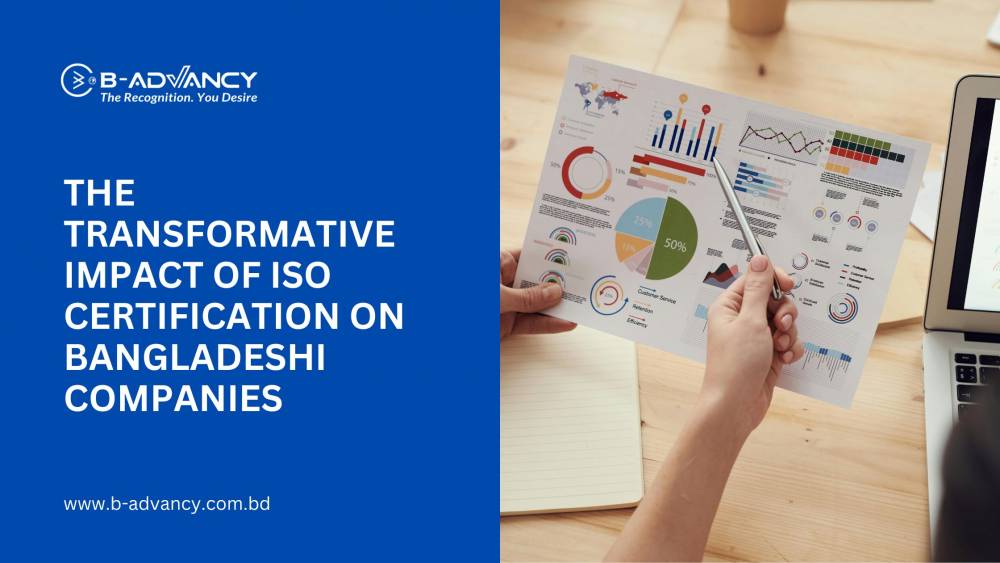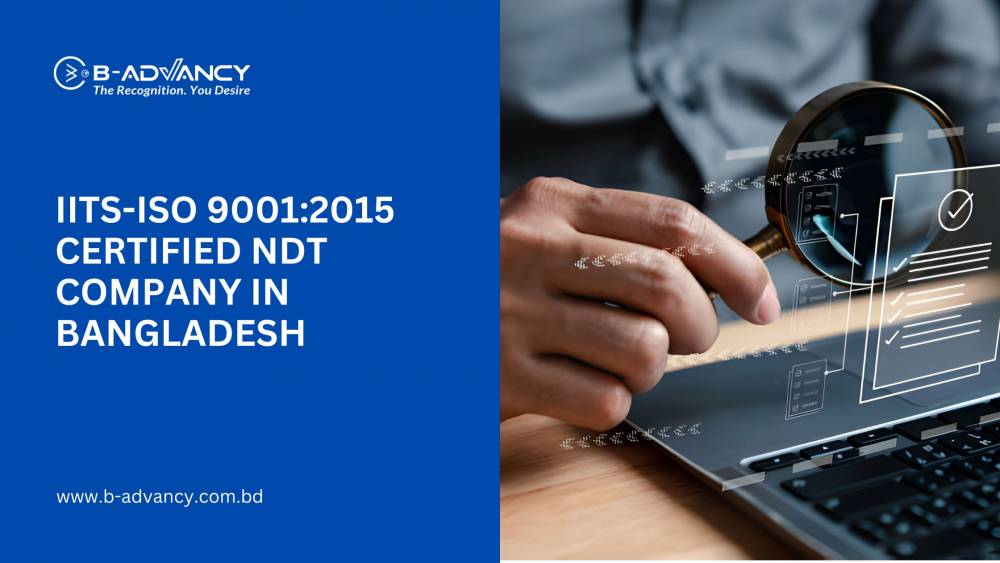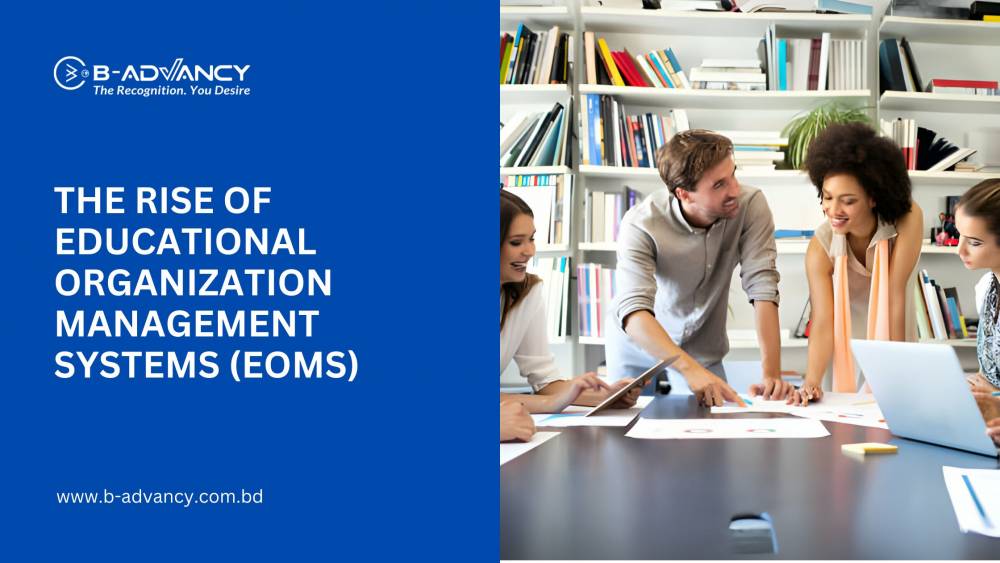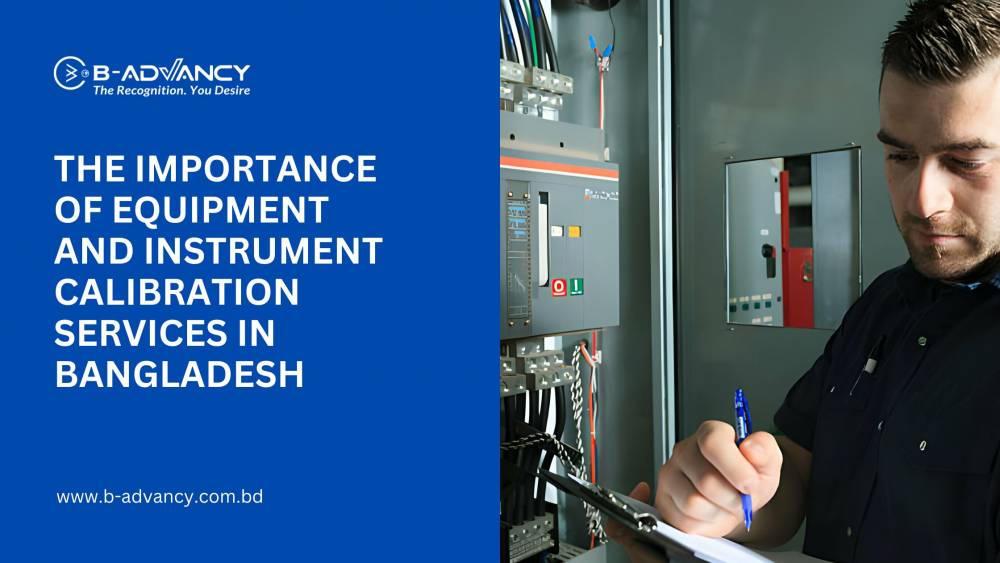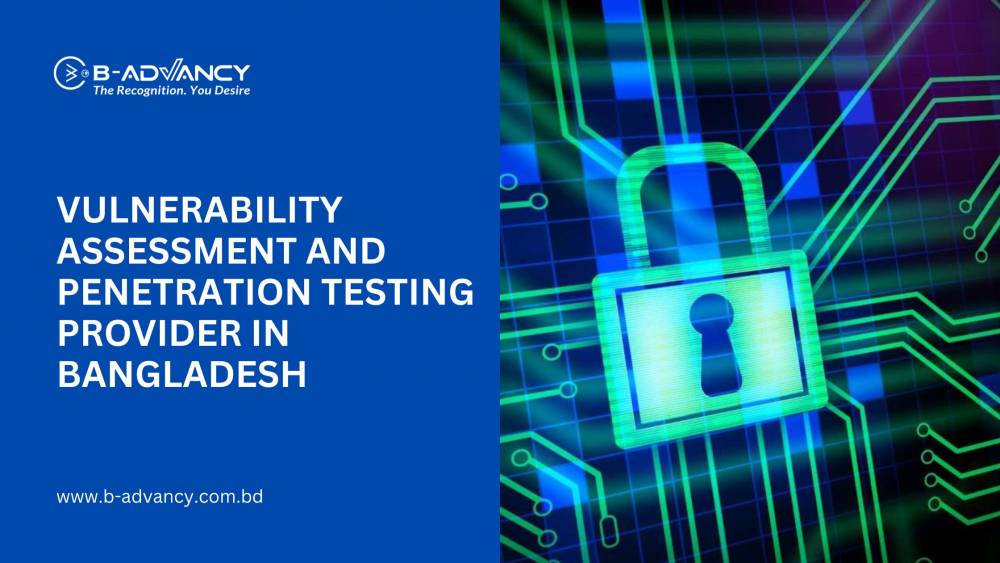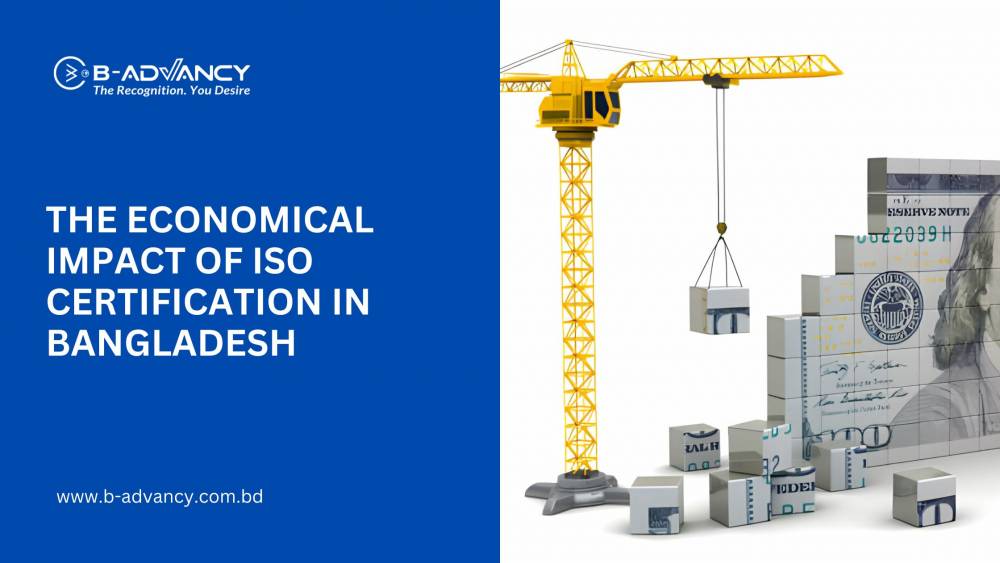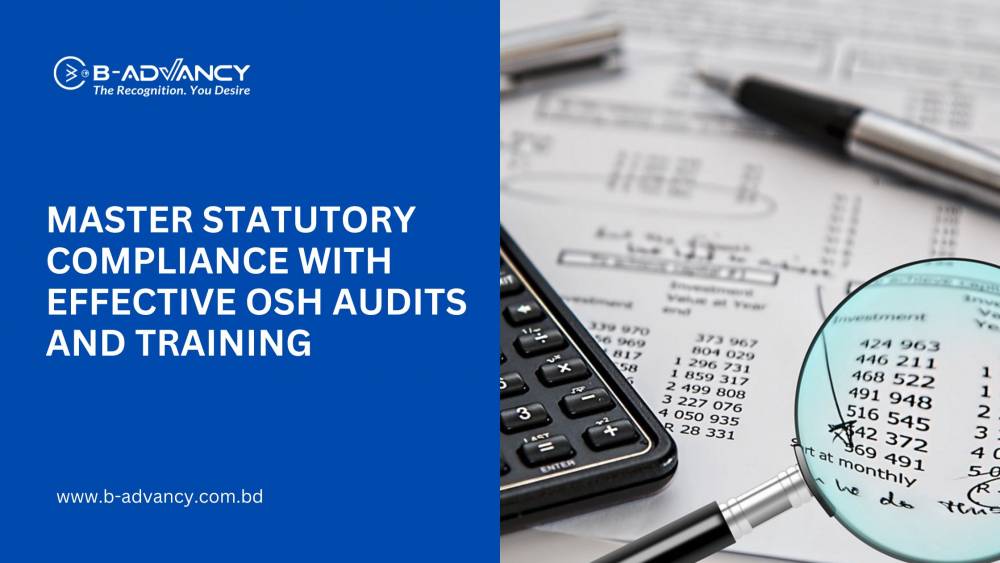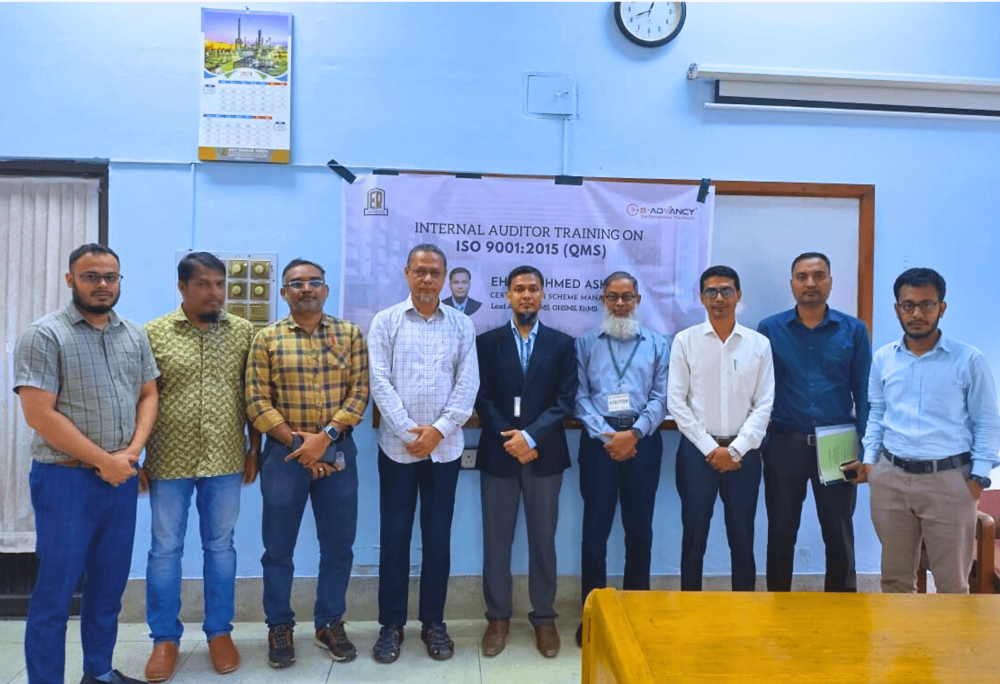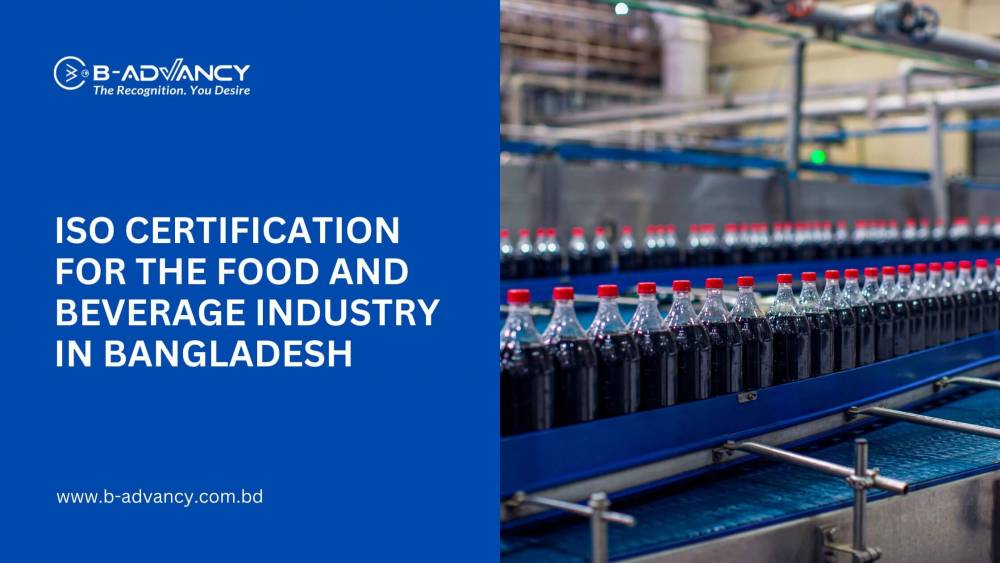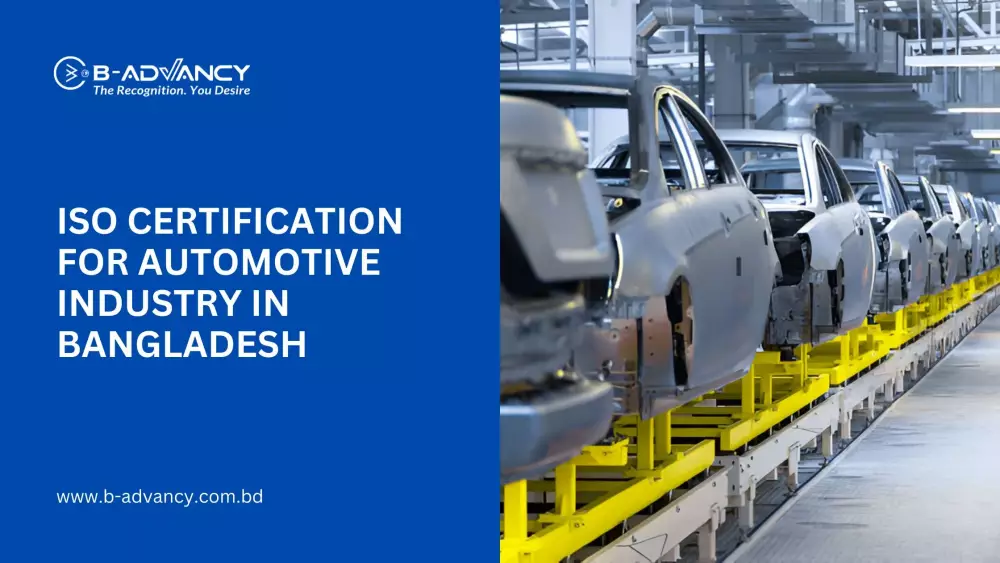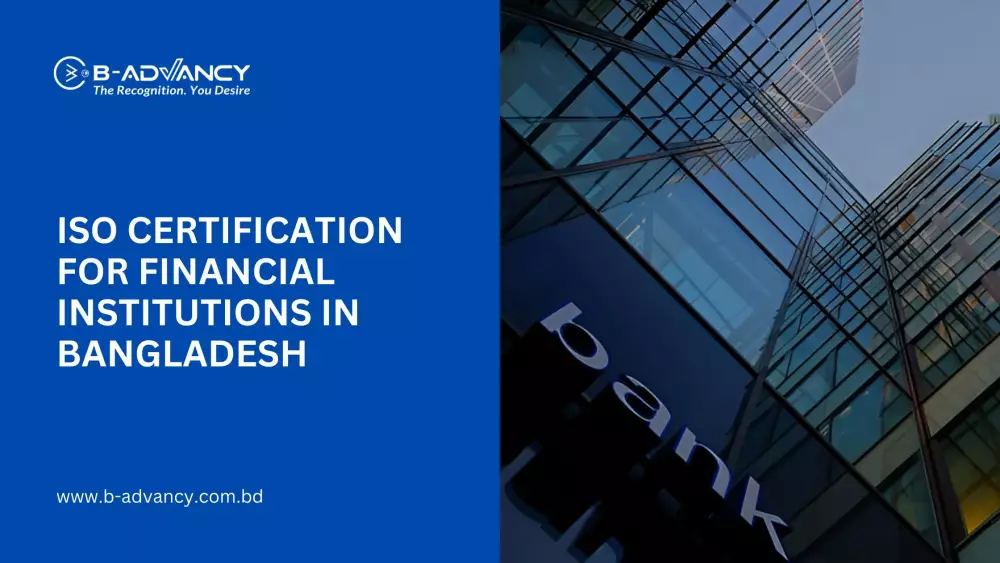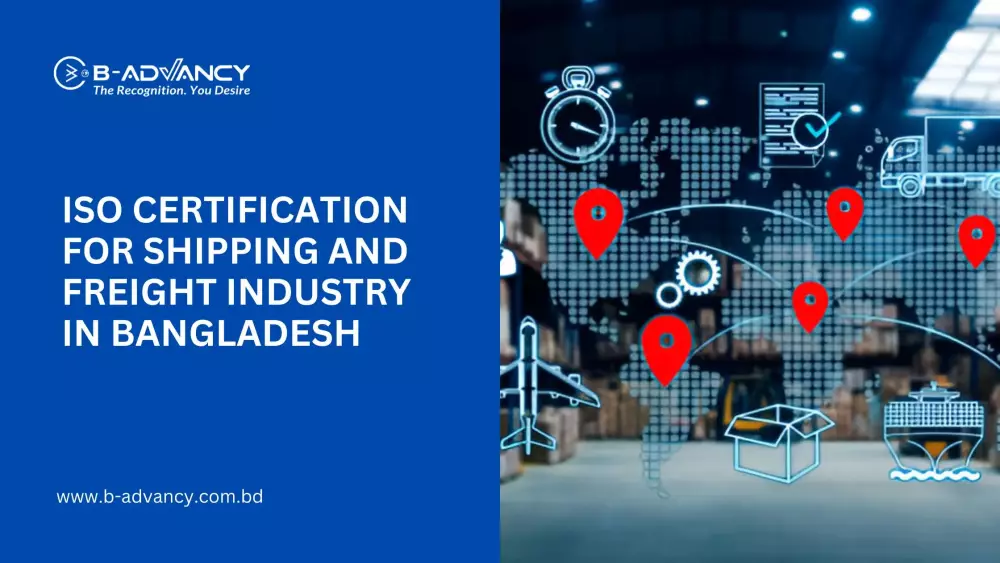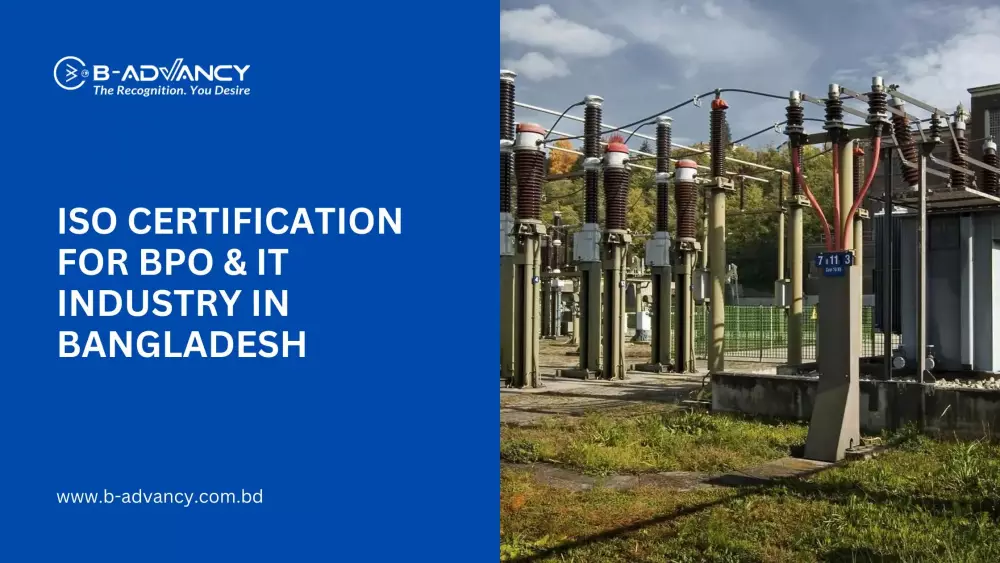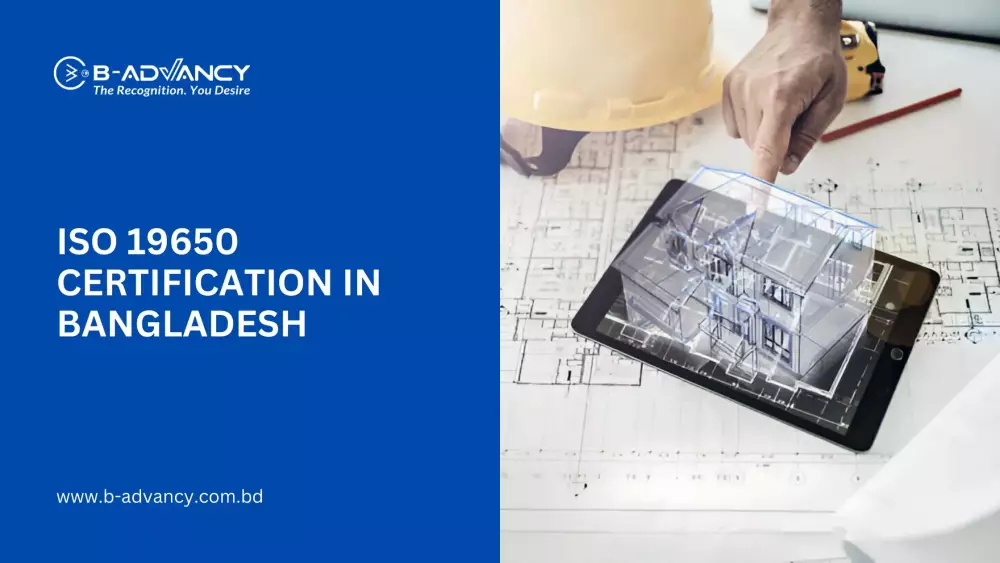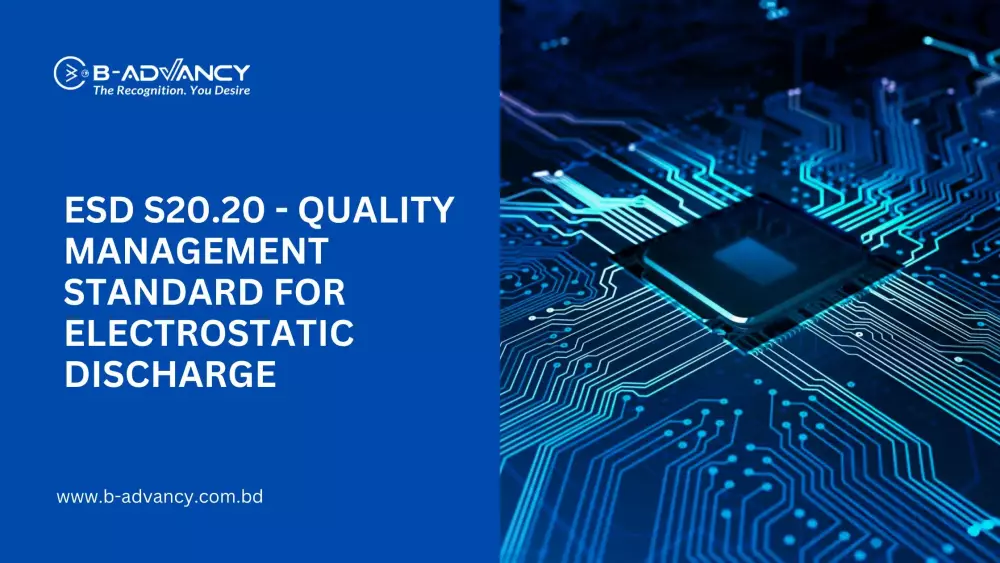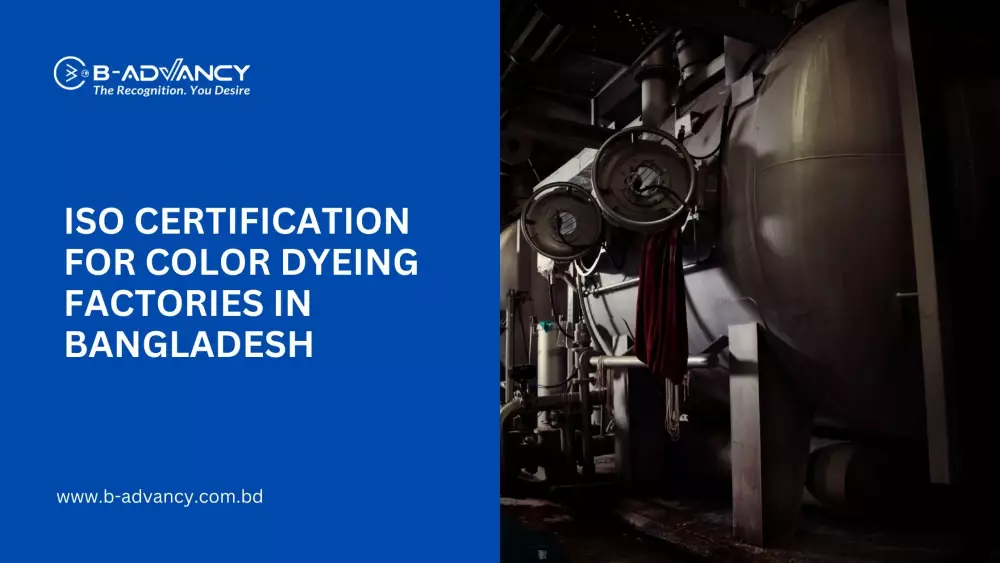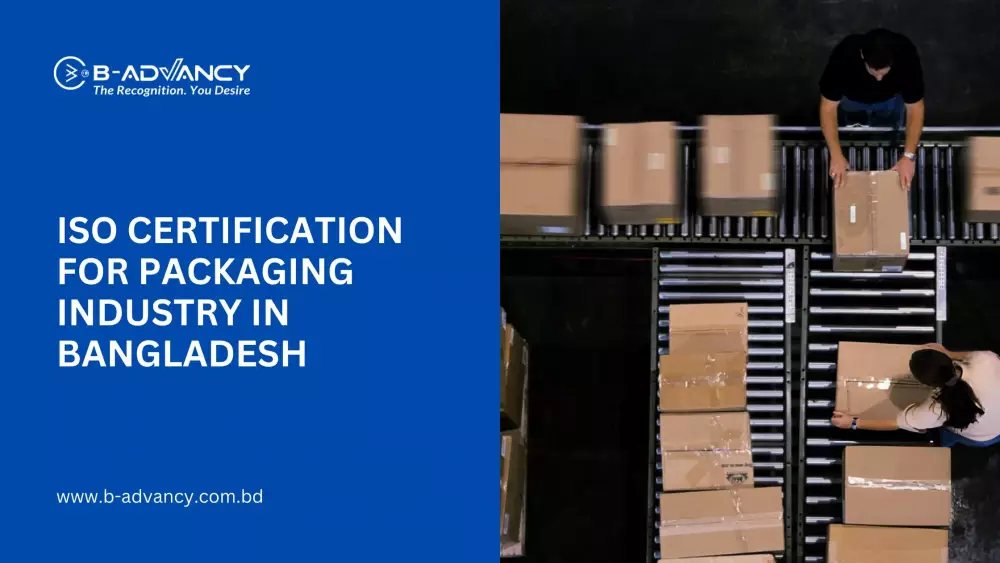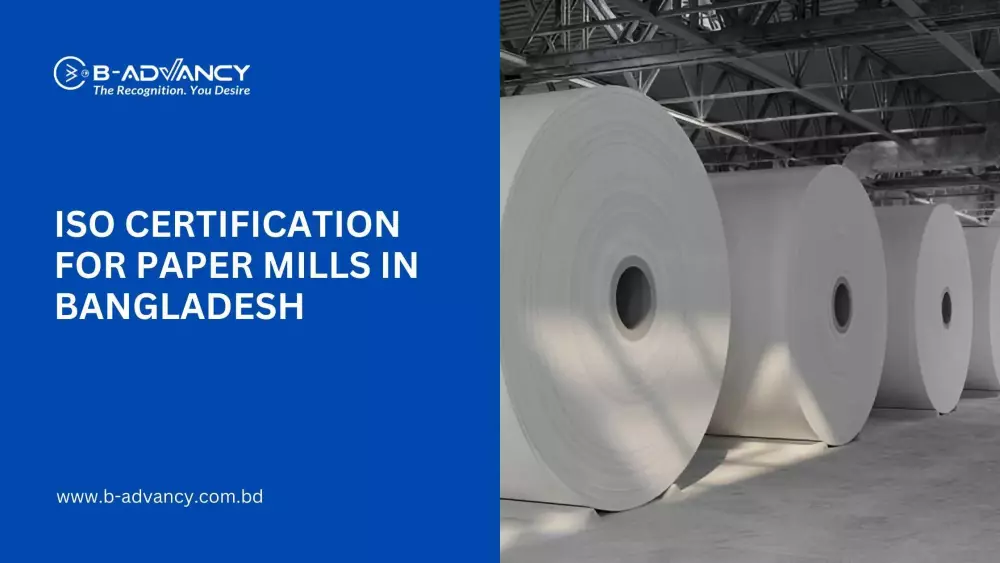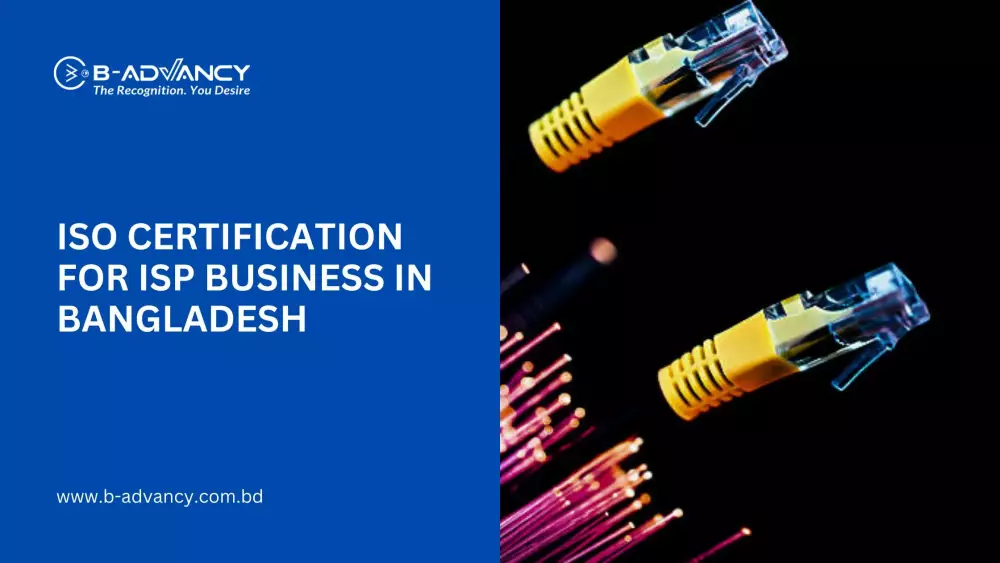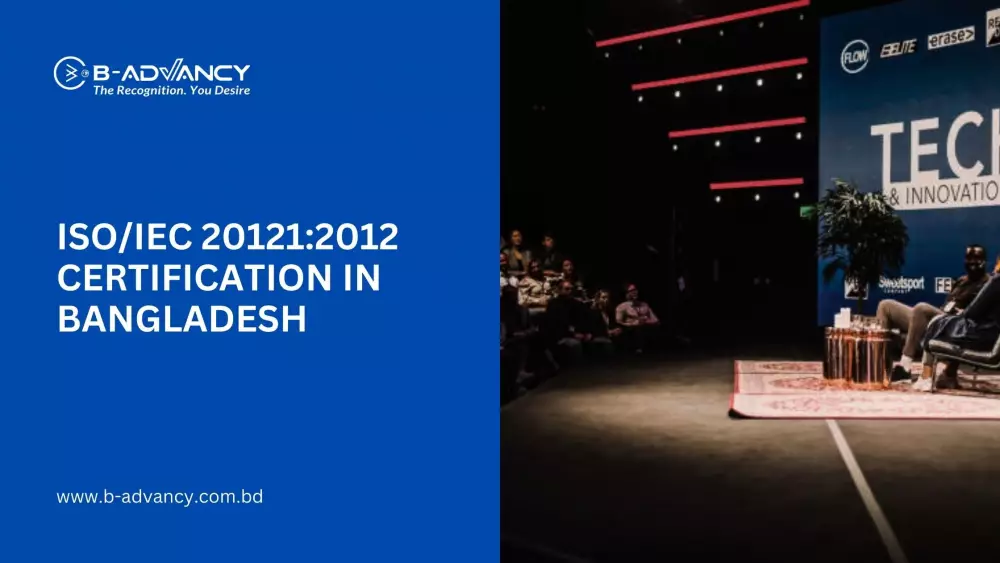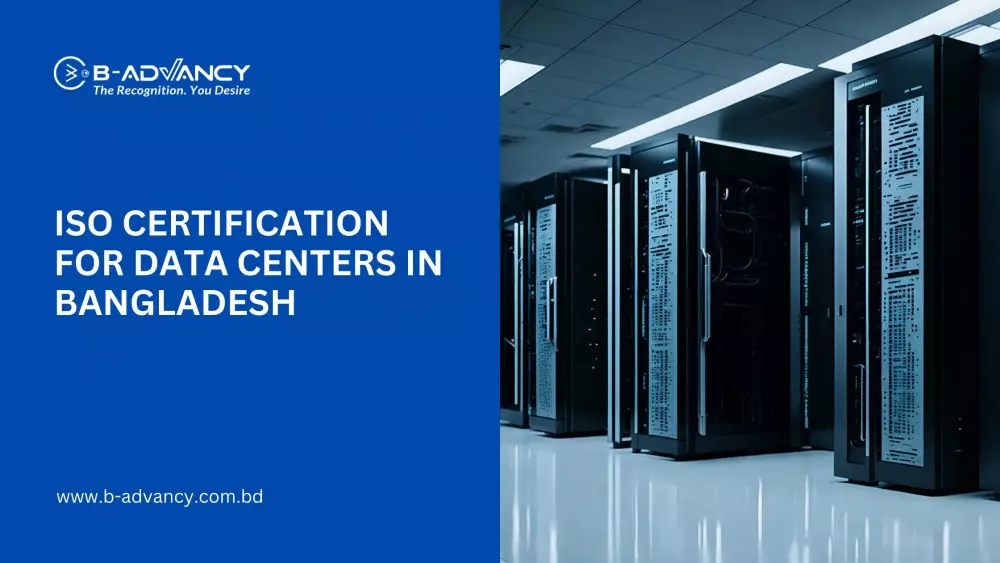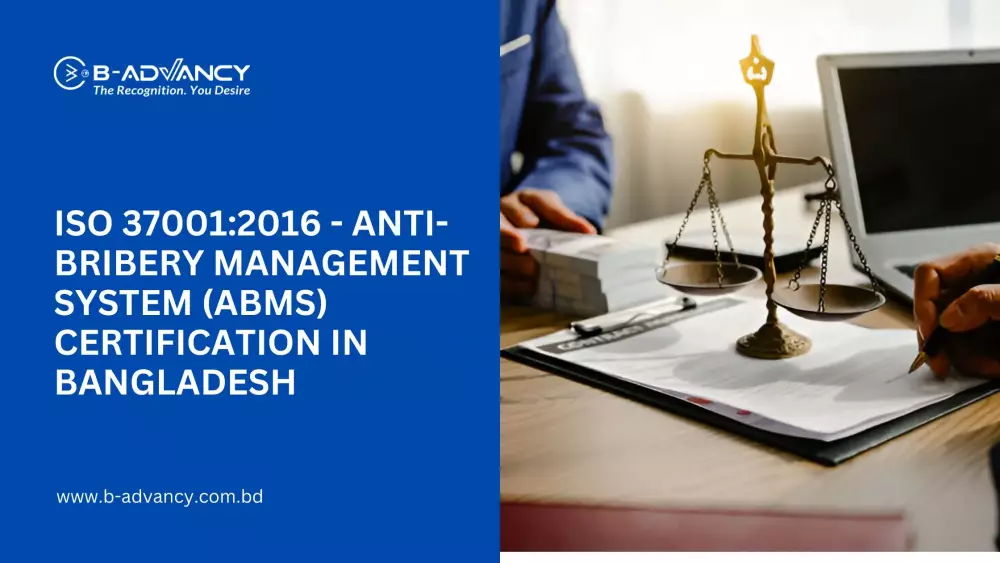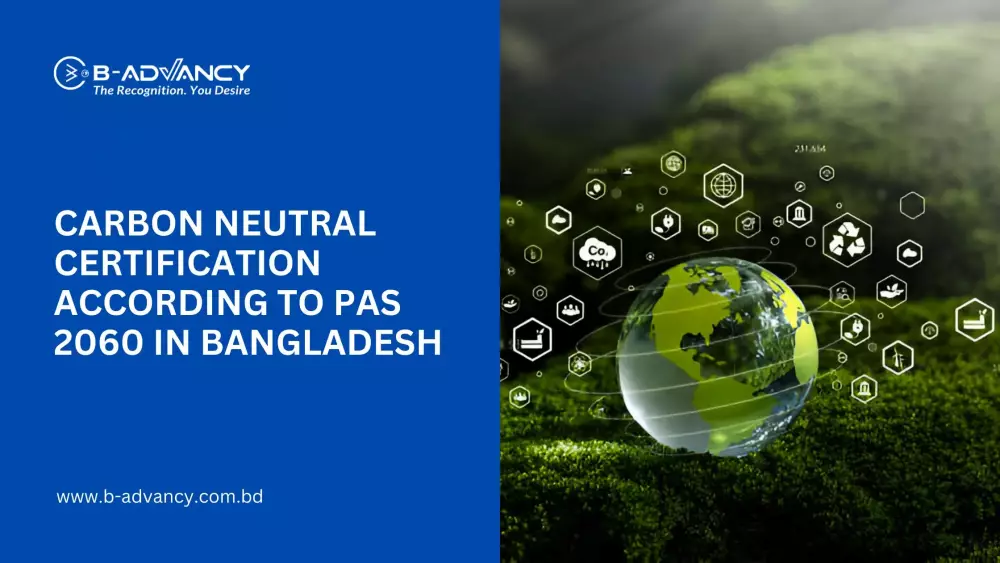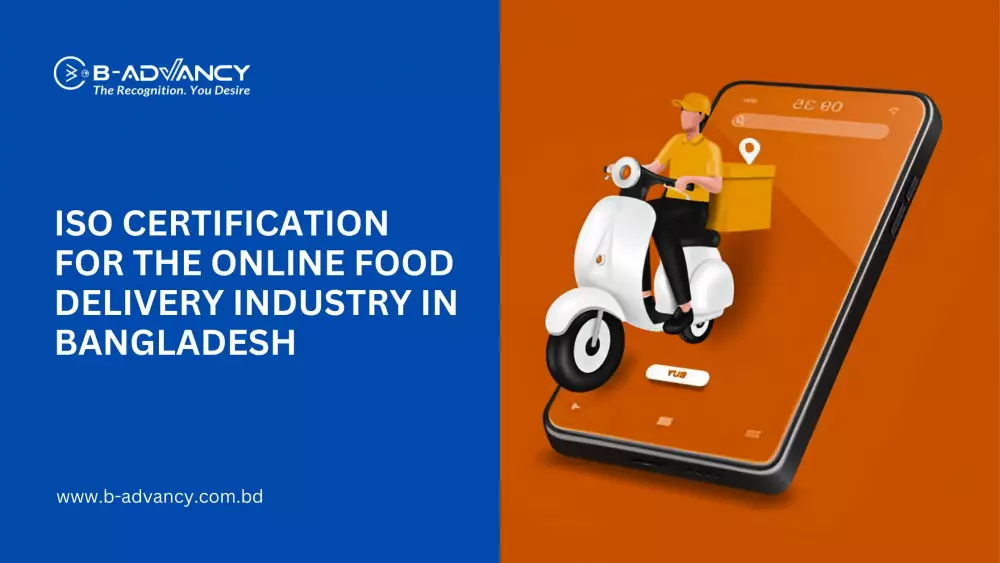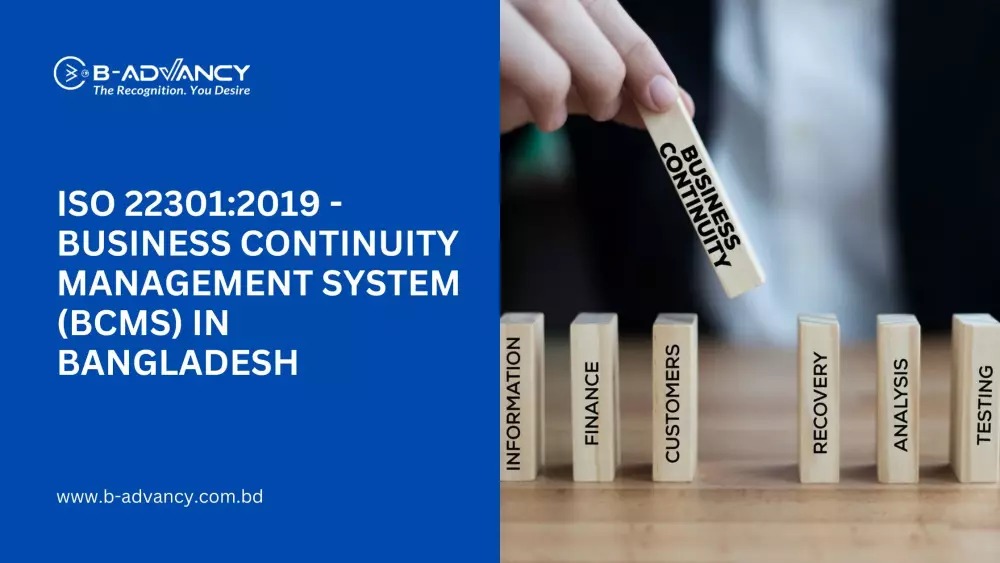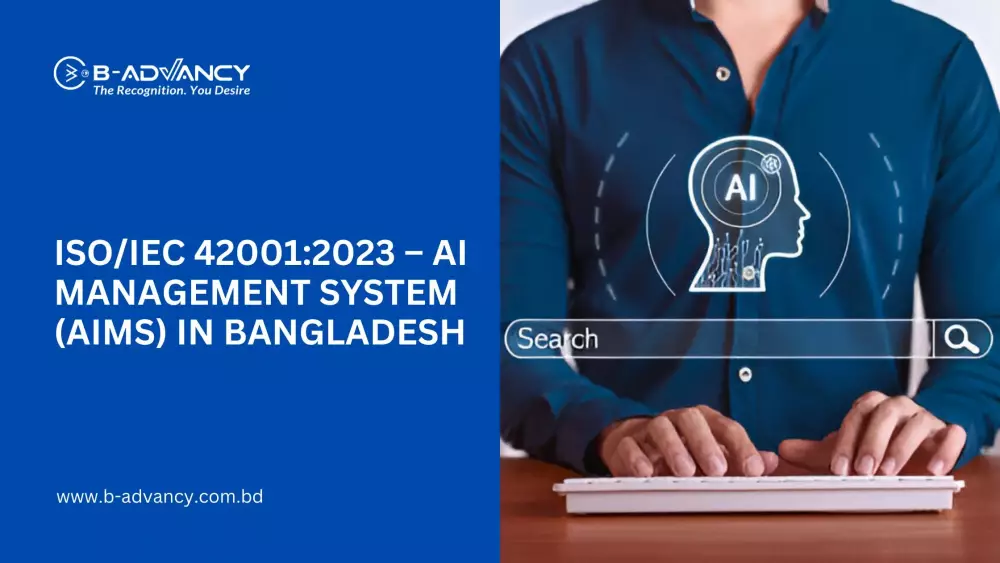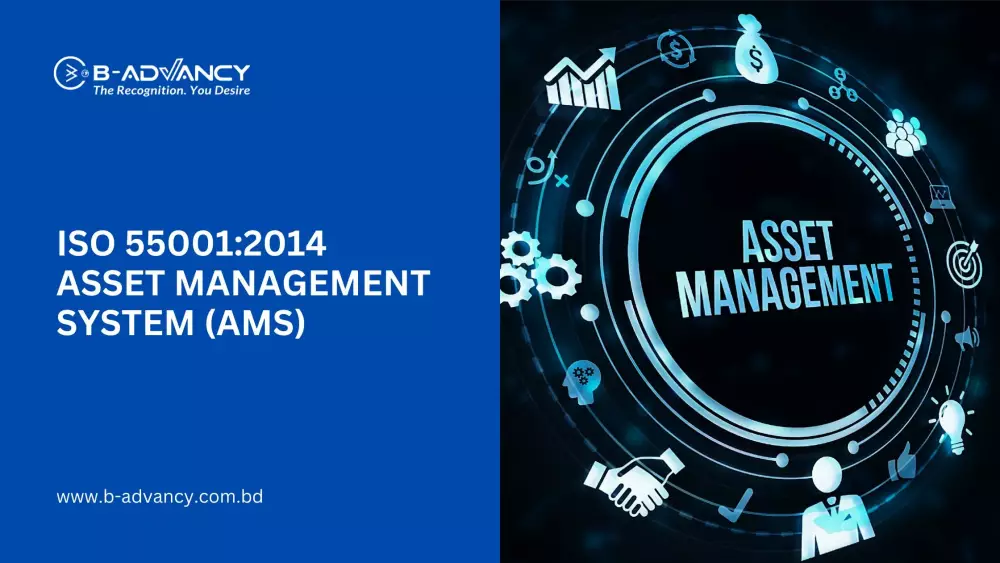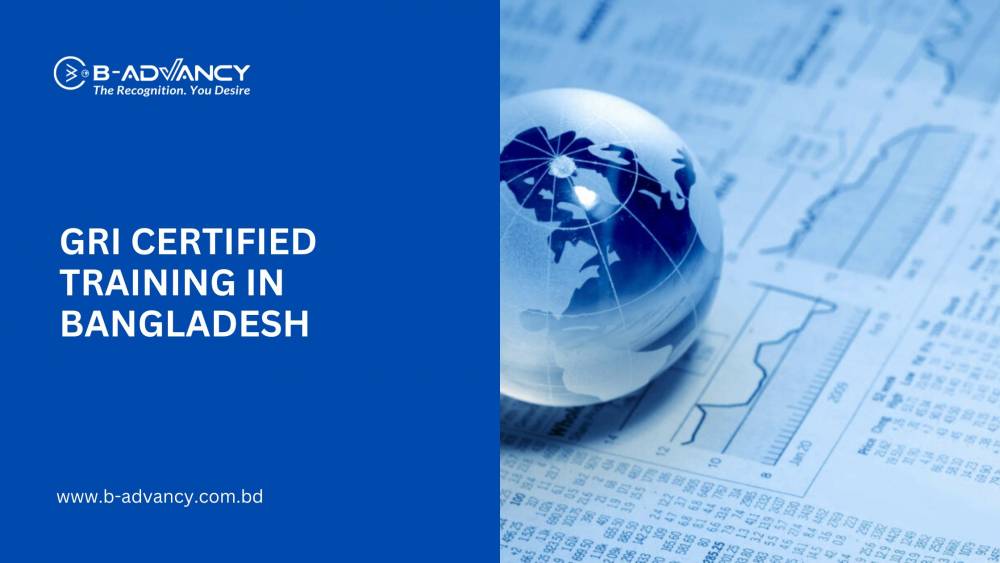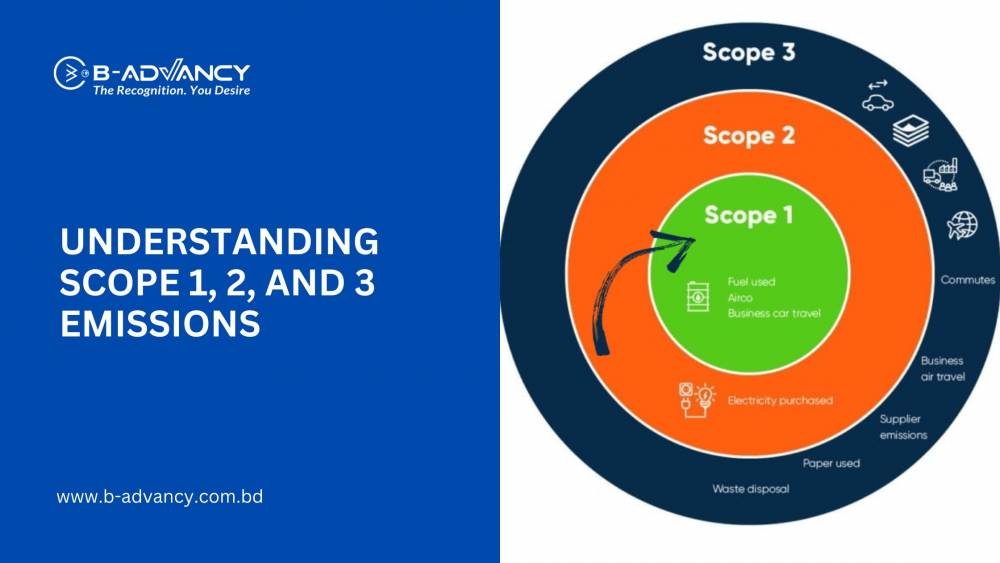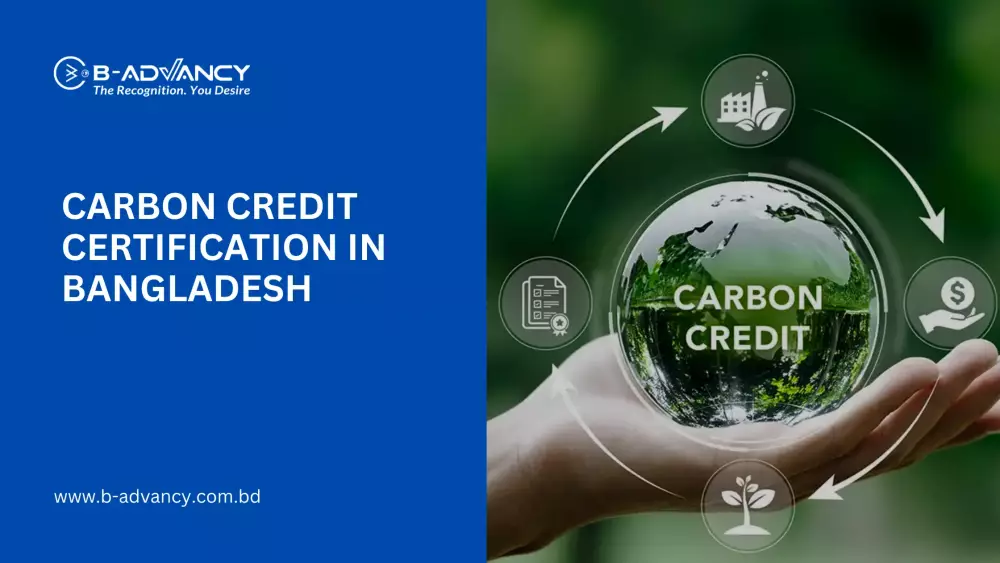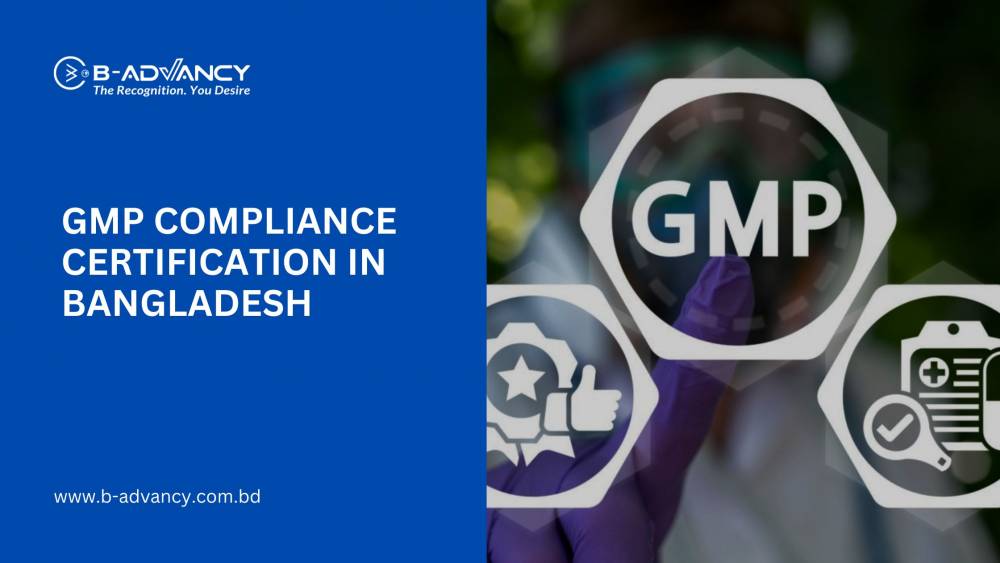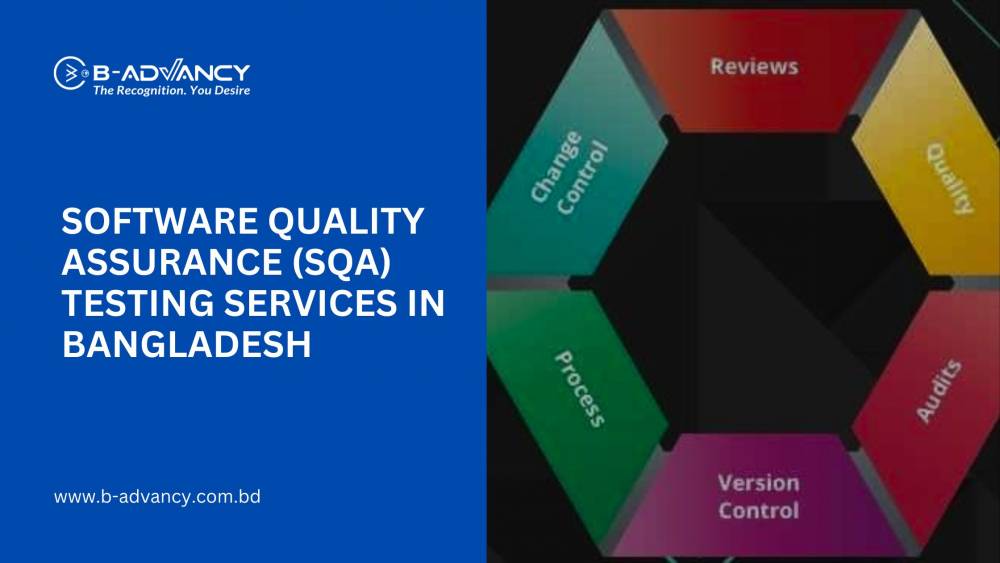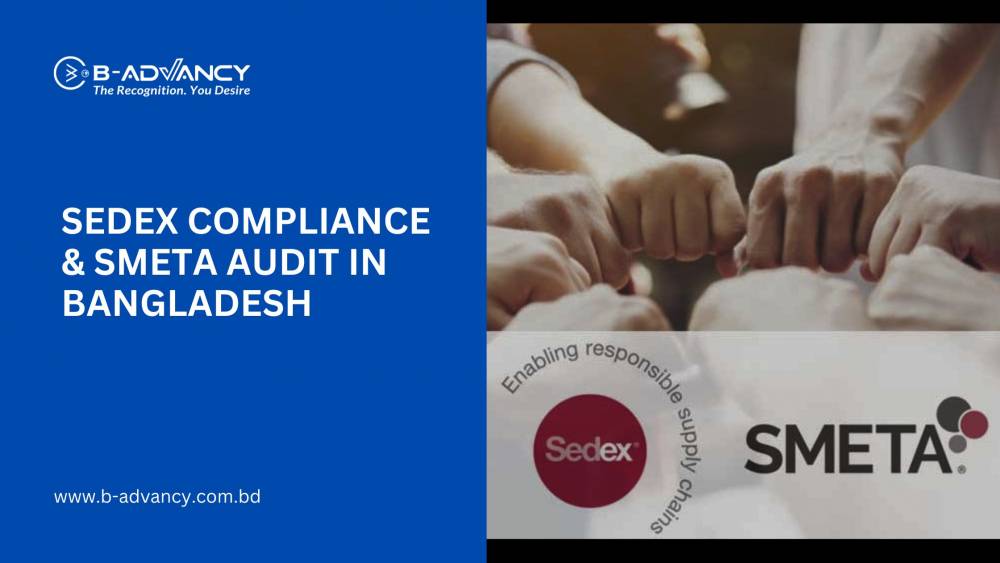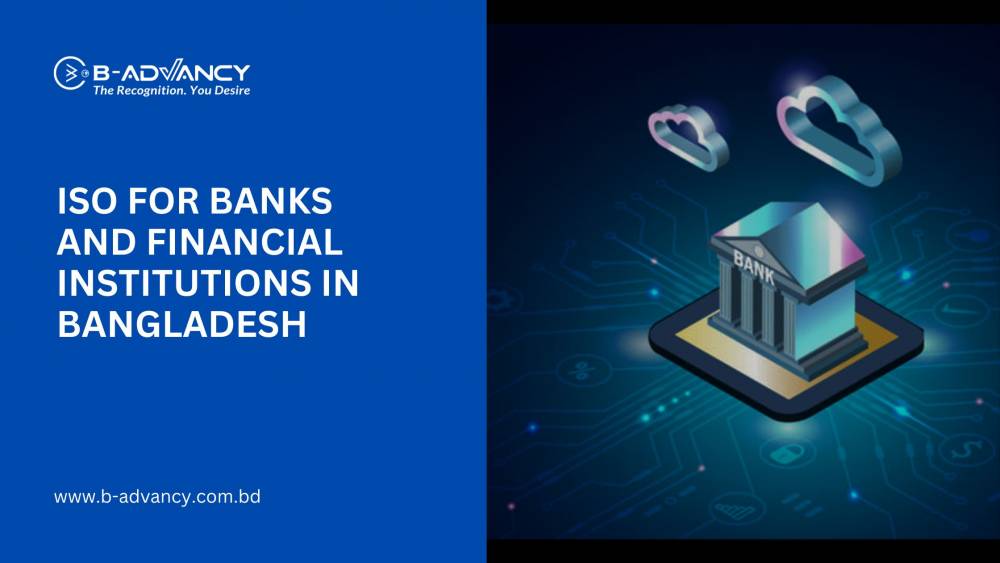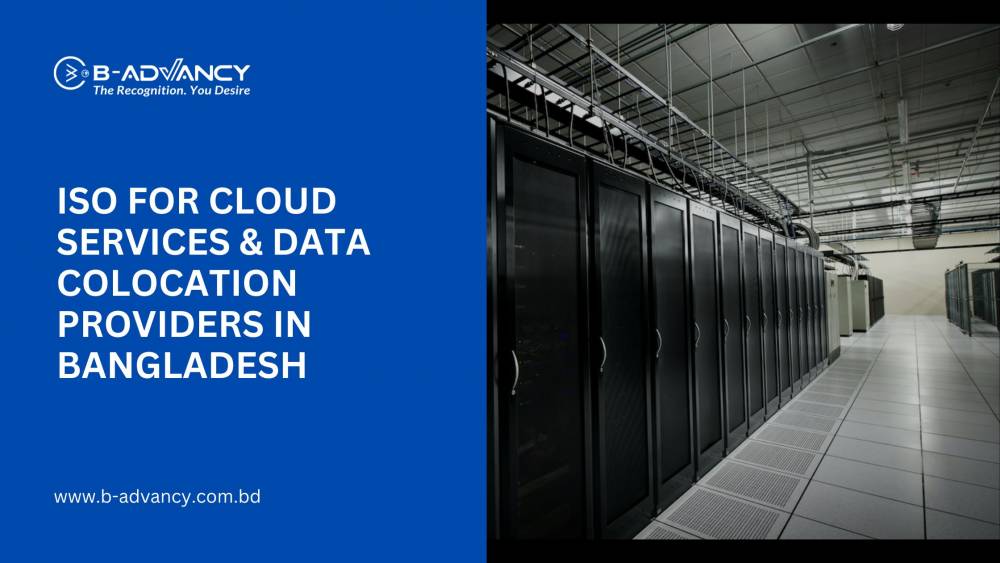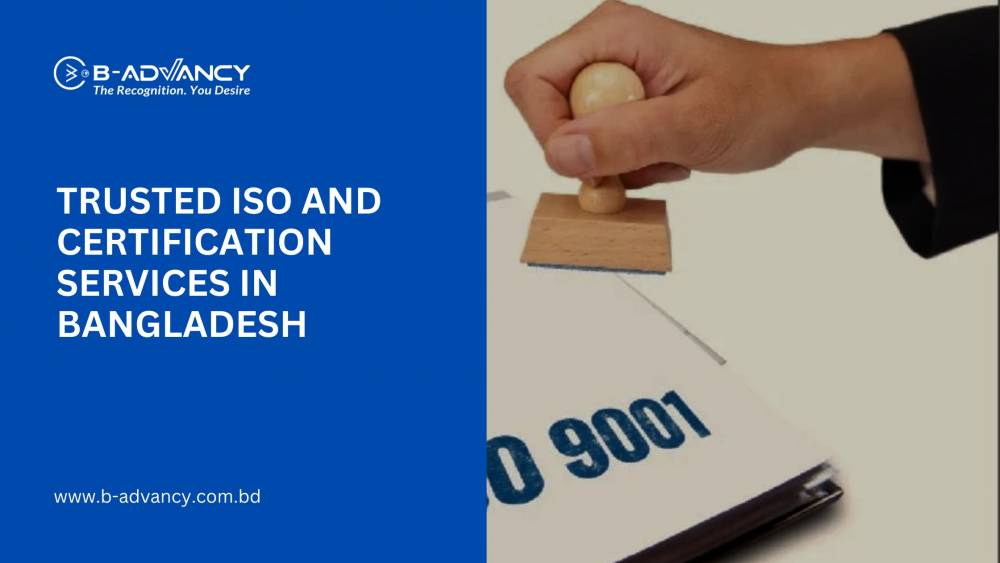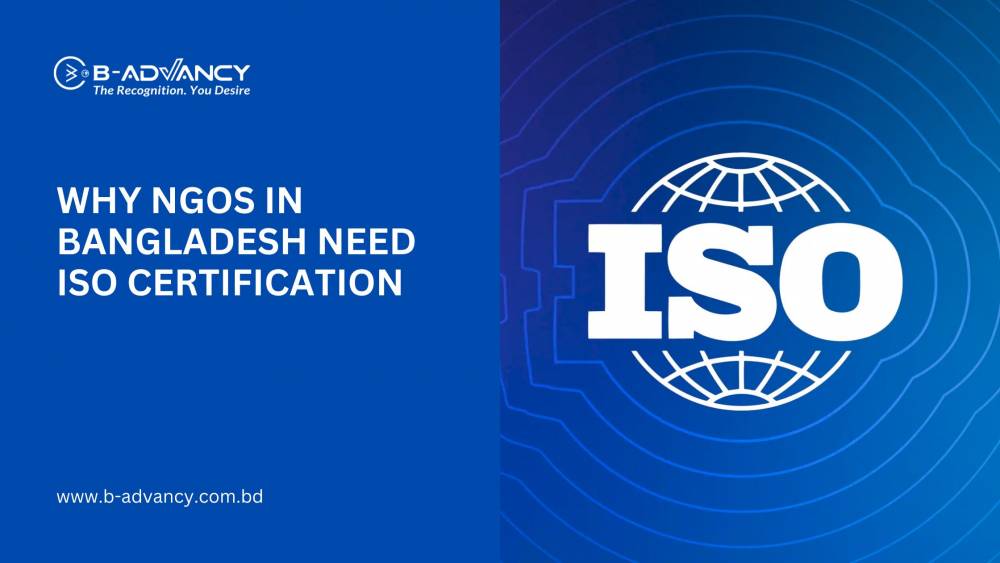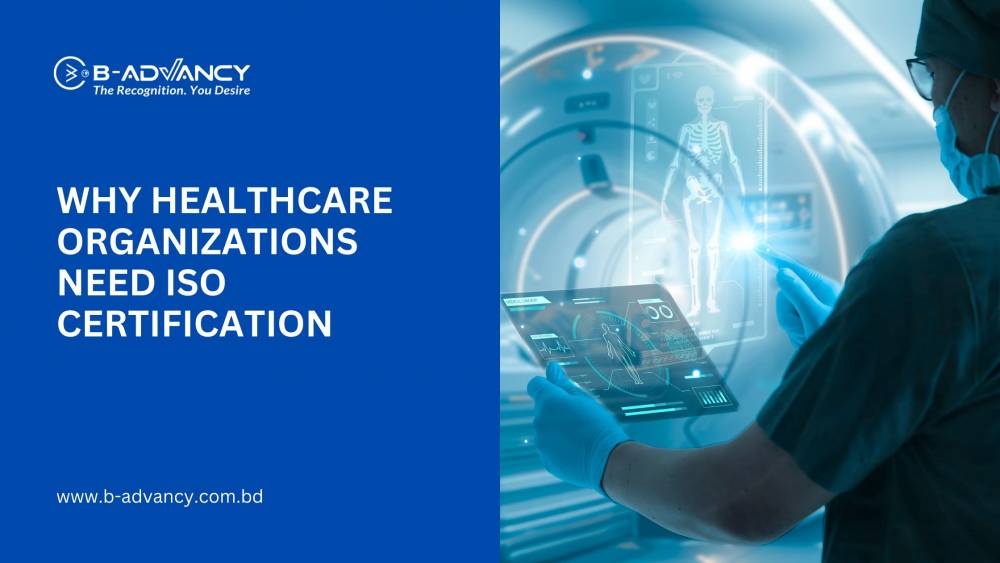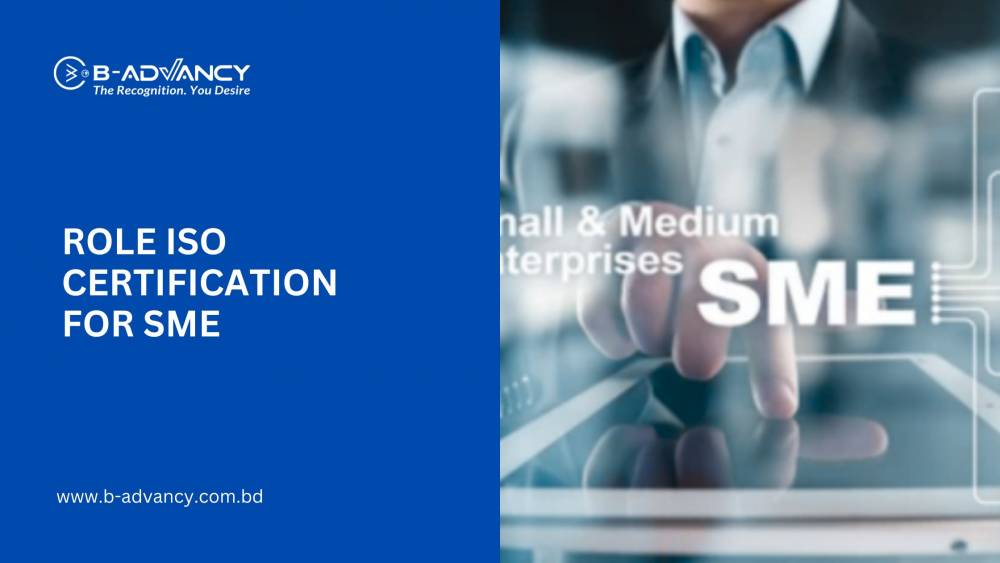I. Introduction
A. Overview of Energy Management Systems: Energy Management Systems (EMS) are integrated systems that help organizations manage and monitor their energy consumption, efficiency, and costs. An EMS helps organizations to identify energy-saving opportunities, set energy-saving targets, and measure their energy performance over time.
B. Purpose of the blog: The purpose of the blog is to highlight the benefits of implementing an ISO 50001 Energy Management System within an organization. The blog will provide an in-depth understanding of the advantages of using an EMS and how it can help organizations improve their energy efficiency and reduce costs.
C. Brief on ISO 50001 Energy Management System: ISO 50001 is an international standard that provides a framework for organizations to manage and improve their energy performance. The standard is based on a continuous improvement approach and provides a systematic approach to managing energy. The standard covers all types of energy, including electrical, thermal, and fuel energy. By implementing ISO 50001, organizations can demonstrate their commitment to energy efficiency and reduce their carbon footprint, while also improving their competitiveness and profitability.
II. The benefits of ISO 50001 Energy Management System
A. Cost savings: Implementing an ISO 50001 Certification in Bangladesh can lead to cost savings for organizations.
➤ Reduction in energy consumption: By monitoring and managing energy consumption, organizations can identify areas where energy can be saved and implement energy-saving measures. This can lead to a reduction in energy consumption and lower energy costs.
➤ Lower energy bills: By reducing energy consumption, organizations can reduce their energy bills, leading to lower operating costs.
➤ Increased profitability: Lower operating costs can result in increased profitability for organizations, providing them with a competitive advantage.
B. Improved energy efficiency: Implementing an ISO 50001 Energy Management System can help organizations improve their energy efficiency and better manage their energy resources.
➤ Better energy management practices: ISO 50001 provides a systematic approach to energy management, helping organizations to identify energy-saving opportunities and implement energy-saving measures.
➤ Better use of energy resources: By managing energy more efficiently, organizations can make better use of energy resources, reducing waste and improving their energy performance.
➤ Improved energy-saving technologies: Implementing ISO 50001 can also lead to the adoption of new and improved energy-saving technologies, further improving energy efficiency.
C. Enhanced sustainability: By improving energy efficiency and reducing energy consumption, organizations can enhance their sustainability and reduce their carbon footprint.
➤ Reduced carbon footprint: By reducing energy consumption, organizations can reduce their carbon emissions, helping to mitigate the impact of climate change.
➤ Compliance with environmental regulations: Implementing ISO 50001 can help organizations comply with environmental regulations, reducing their legal and regulatory risks.
➤ Improved environmental performance: By reducing energy consumption and emissions, organizations can improve their overall environmental performance, enhancing their reputation and brand image.
D. Increased competitiveness: Implementing ISO 50001 can provide organizations with a competitive advantage by improving their energy efficiency and reducing costs.
➤ Better brand image: By demonstrating a commitment to energy efficiency and sustainability, organizations can improve their brand image and reputation.
➤ Improved customer satisfaction: By reducing their carbon footprint and demonstrating a commitment to sustainability, organizations can improve customer satisfaction.
➤ Increased market opportunities: By improving their energy efficiency, organizations can increase their market opportunities, providing them with a competitive advantage.
E. Better risk management: Implementing ISO 50001 can help organizations to better manage their risks, improving their safety and business continuity.
➤ Improved safety: By managing energy more efficiently, organizations can reduce energy-related risks, improving safety and reducing the likelihood of accidents.
➤ Reduced legal and regulatory risks: By complying with environmental regulations, organizations can reduce their legal and regulatory risks.
➤ Improved business continuity: By managing energy more efficiently, organizations can reduce the risk of energy-related disruptions, improving their business continuity.
III. Implementation of ISO 50001 Energy Management System
A. Steps involved in implementing ISO 50001:
Implementing an ISO 50001 Energy Management System requires a systematic approach and a commitment from key personnel within an organization. The steps involved in implementing ISO 50001 include:
➤ Conducting an energy review to identify energy-saving opportunities.
➤ Establishing energy-saving targets and objectives.
➤ Developing an energy management plan and implementing energy-saving measures.
➤ Measuring and monitoring energy performance.
➤ Continuously improving energy performance through regular reviews and audits.
B. Benefits of using a systematic approach:
By using a systematic approach to implementing ISO 50001, organizations can ensure a consistent and effective implementation. A systematic approach helps organizations to:
➤ Identify energy-saving opportunities and implement energy-saving measures.
➤ Continuously monitor and improve energy performance.
➤ Ensure compliance with environmental regulations.
➤ Provide evidence of their commitment to energy efficiency and sustainability.
C. Roles and responsibilities of key personnel:
Key personnel within an organization play a crucial role in the implementation of ISO 50001. The roles and responsibilities of key personnel include:
➤ Senior management: Providing leadership and commitment to the implementation of ISO 50001.
➤ Energy manager: Leading the implementation of ISO 50001 and responsible for energy management within the organization.
➤ Energy team: Implementing energy-saving measures and monitoring energy performance.
D. Challenges faced during implementation:
Implementing an ISO 50001 Energy Management System can be challenging for organizations, and some common challenges include:
➤ Lack of commitment from senior management.
➤ Limited resources and budget.
➤ Resistance to change from employees.
➤ Difficulty in measuring and monitoring energy performance.
➤ Lack of technical expertise.
E. Best practices for a successful implementation:
To ensure a successful implementation of ISO 50001, organizations should follow best practices, which include:
➤ Securing senior management commitment and involvement.
➤ Providing adequate resources and budget for the implementation.
➤ Involving all employees in the implementation process.
➤ Regularly measuring and monitoring energy performance.
➤ Continuously improving energy performance through regular reviews and audits.
➤ Encouraging a culture of energy efficiency and sustainability within the organization.
IV. Conclusion
A. Recap of benefits: The ISO 50001 Energy Management System provides numerous benefits to organizations, including cost savings, improved energy efficiency, enhanced sustainability, increased competitiveness, and better risk management. These benefits can help organizations to improve their financial performance, reduce their carbon footprint, comply with environmental regulations, enhance their brand image, and ensure the safety of their employees and customers.
B. Final thoughts: Implementing an ISO 50001 Energy Management System is a step in the right direction for organizations looking to improve their energy efficiency and sustainability. By following a systematic approach and involving key personnel, organizations can ensure a successful implementation and reap the benefits of this international standard.
C. Encouragement to adopt ISO 50001 Energy Management System: The benefits of adopting ISO 50001 Energy Management System make it a valuable investment for organizations. Organizations that adopt ISO 50001 can expect to see improvements in their energy efficiency, sustainability, competitiveness, and risk management. By adopting ISO 50001, organizations can demonstrate their commitment to energy efficiency and sustainability, enhance their brand image, and improve their financial performance. We encourage all organizations to adopt ISO 50001 Energy Management System and take advantage of its many benefits.

